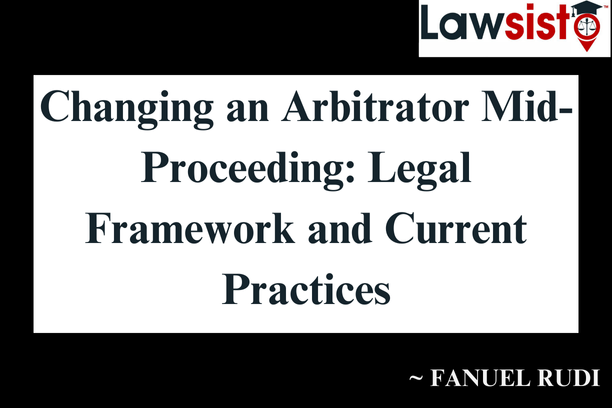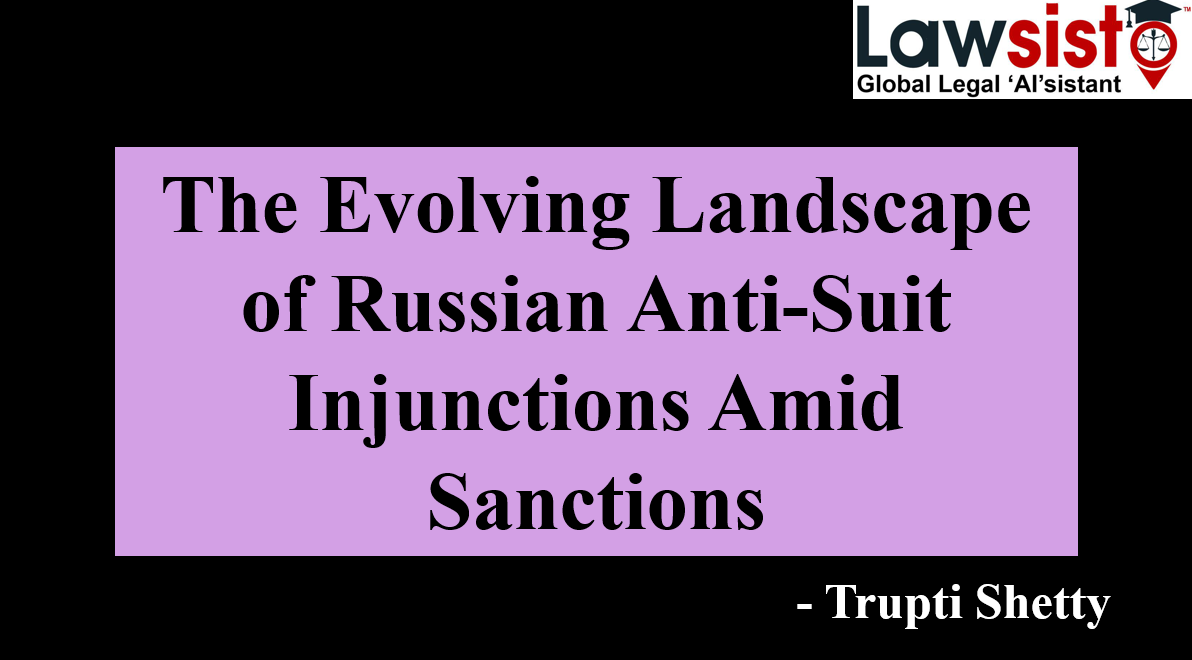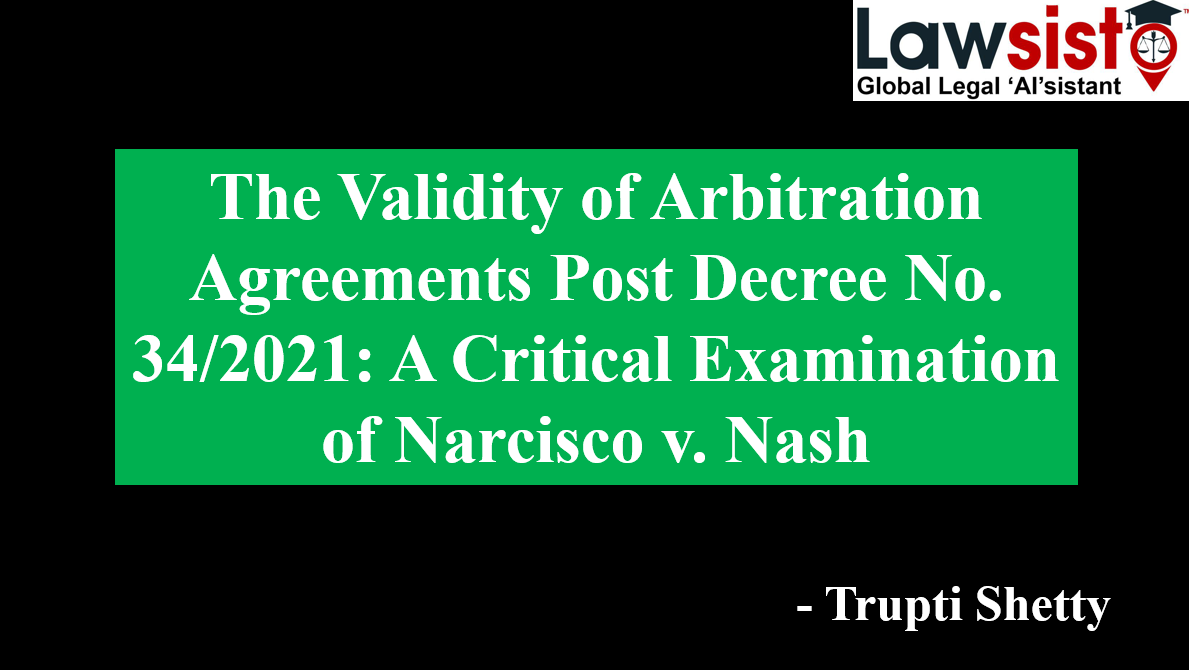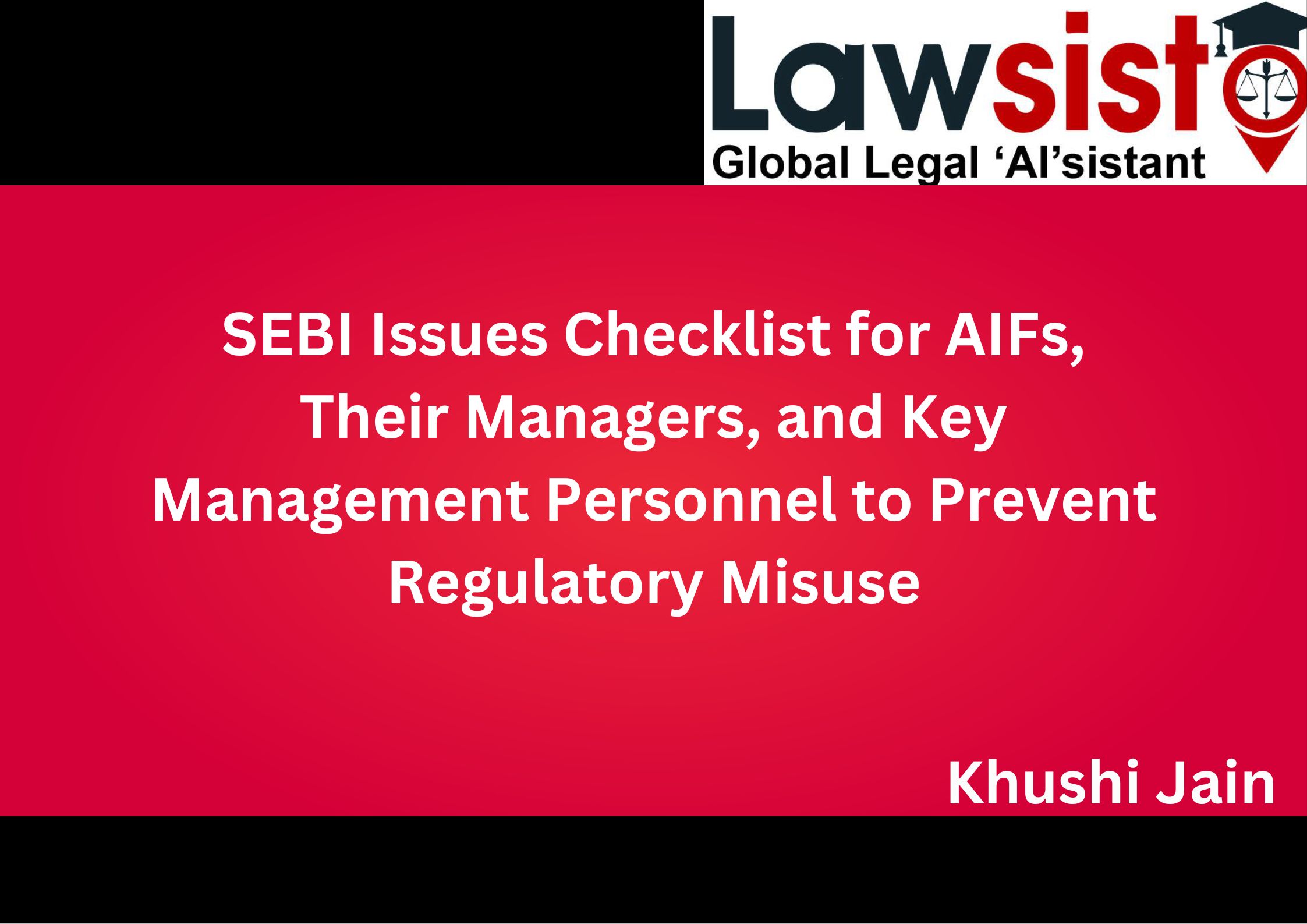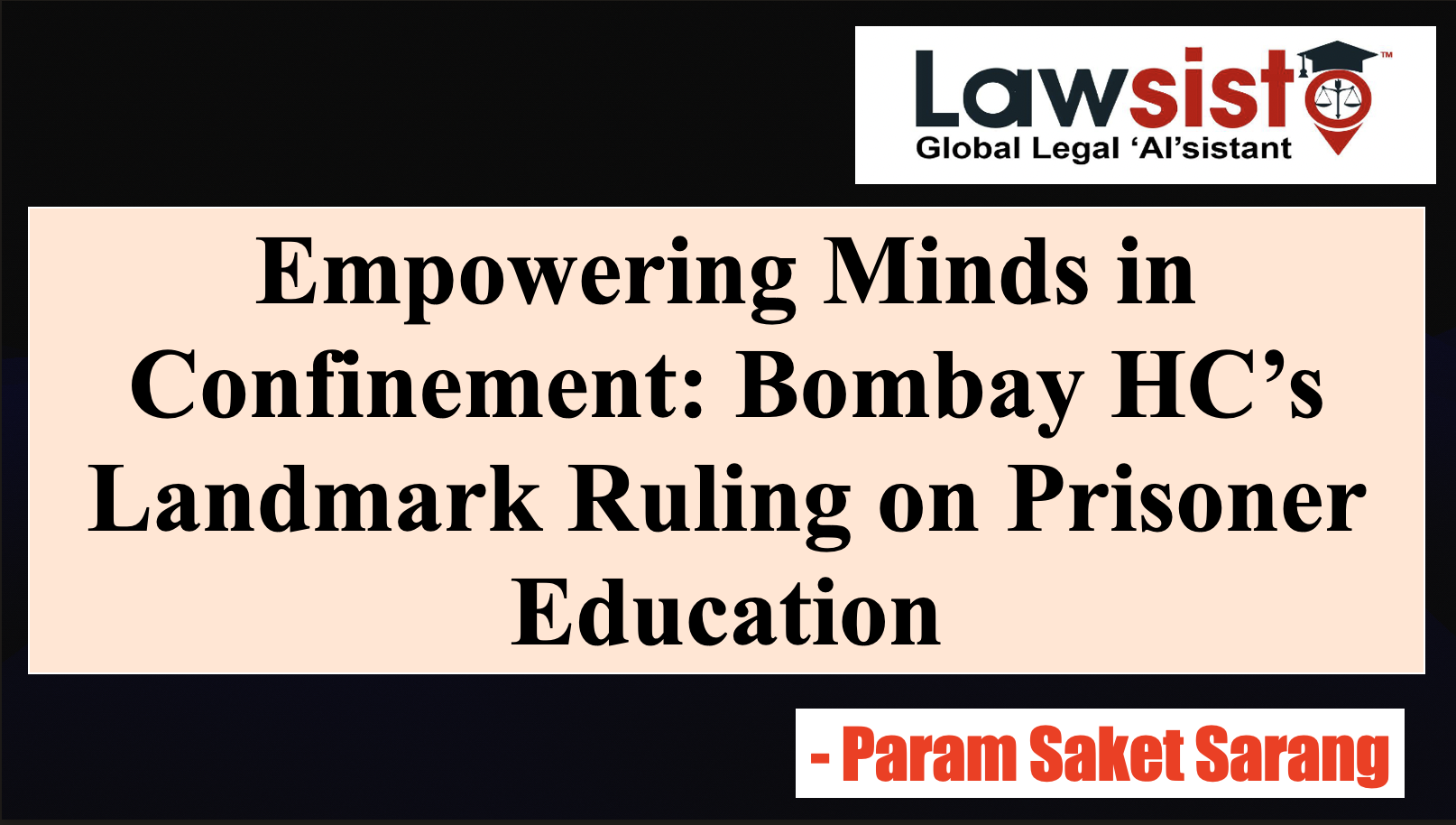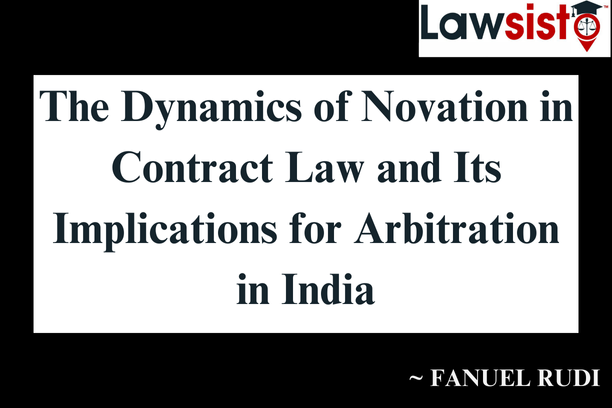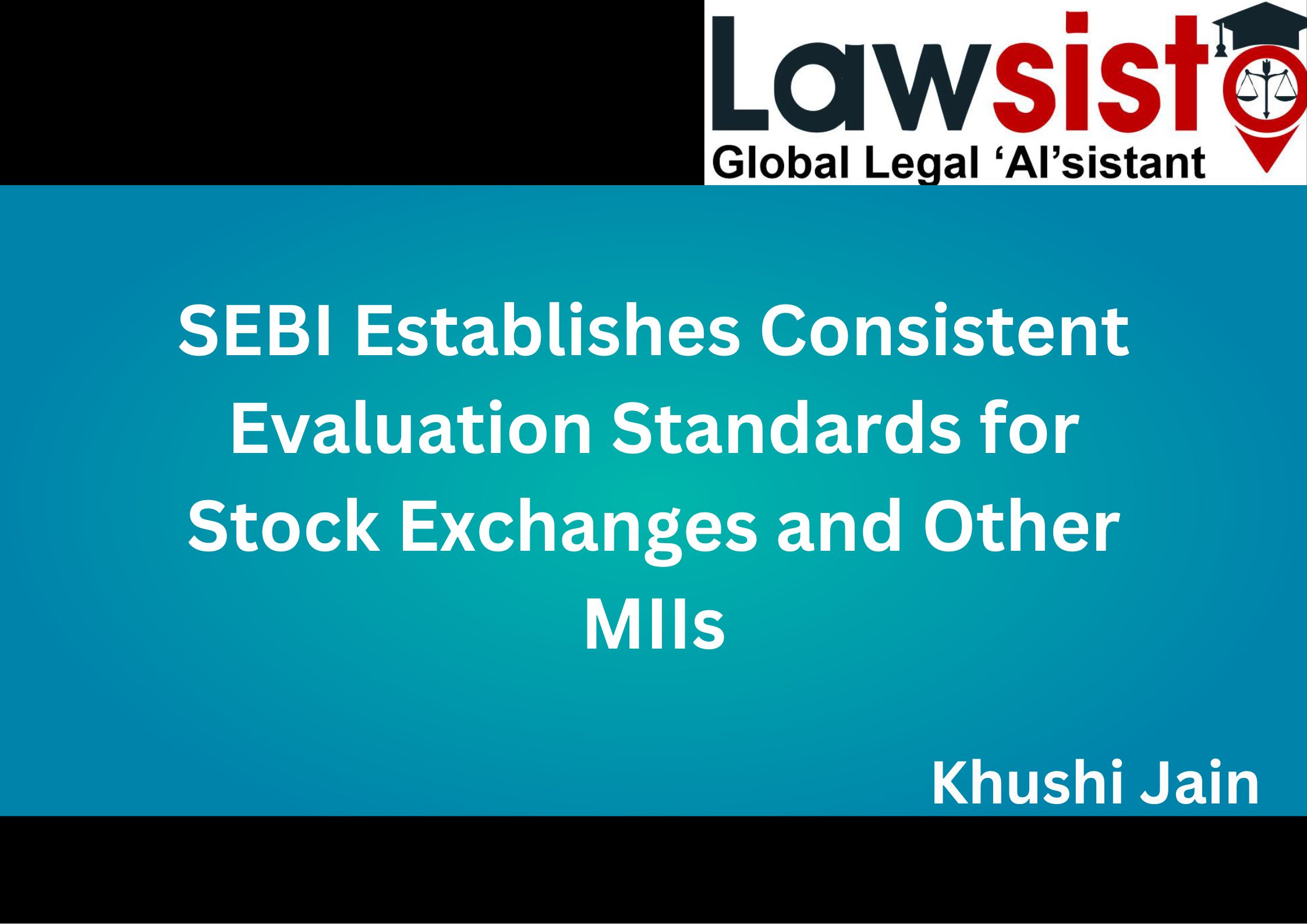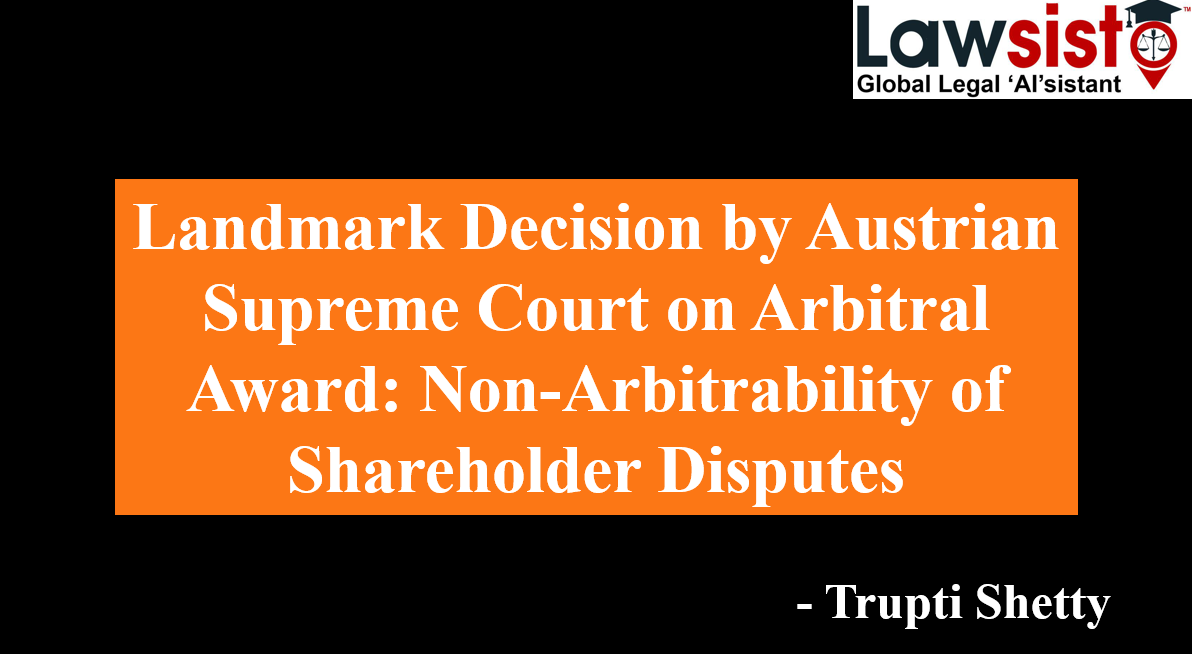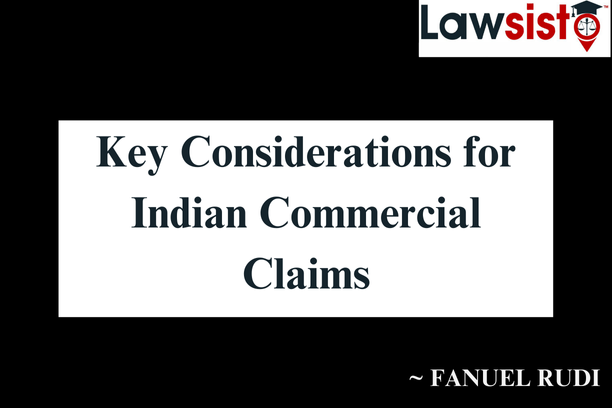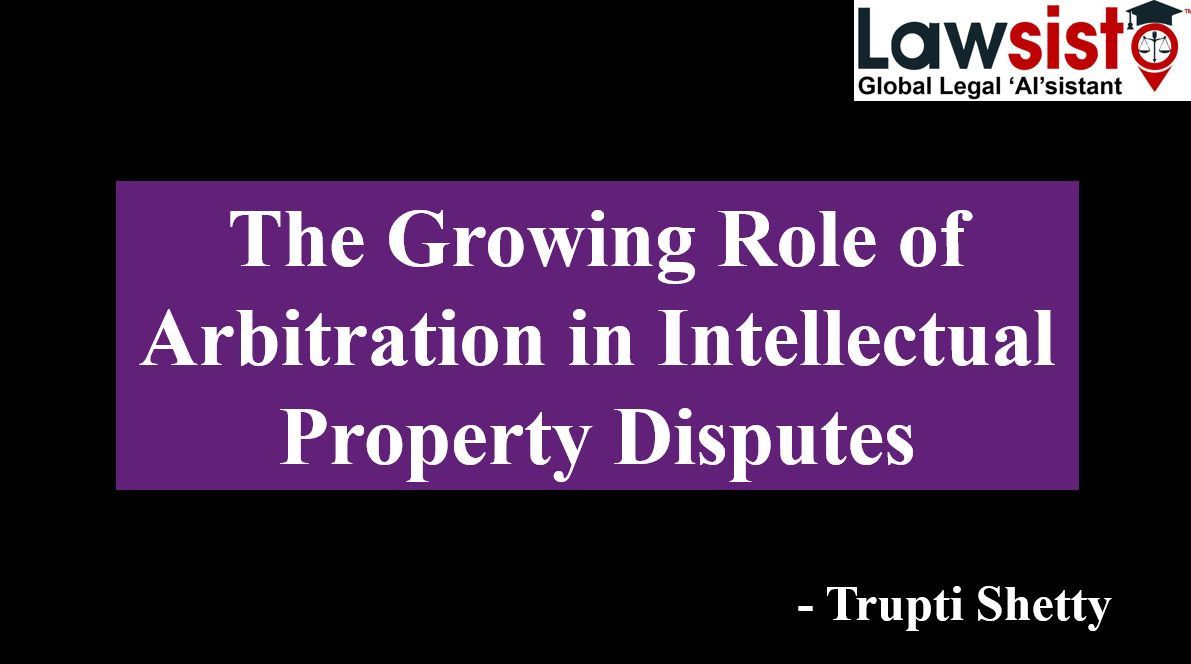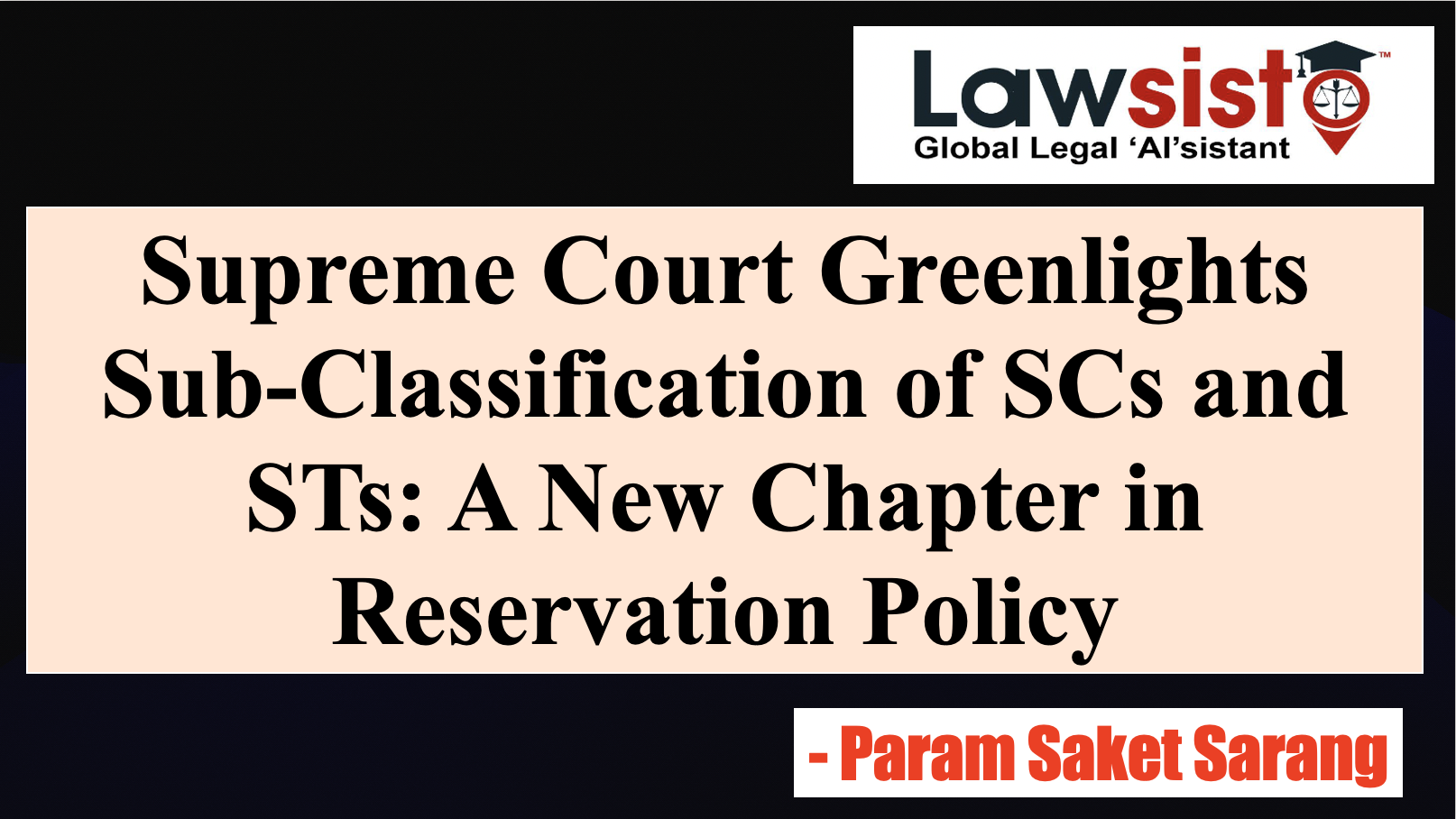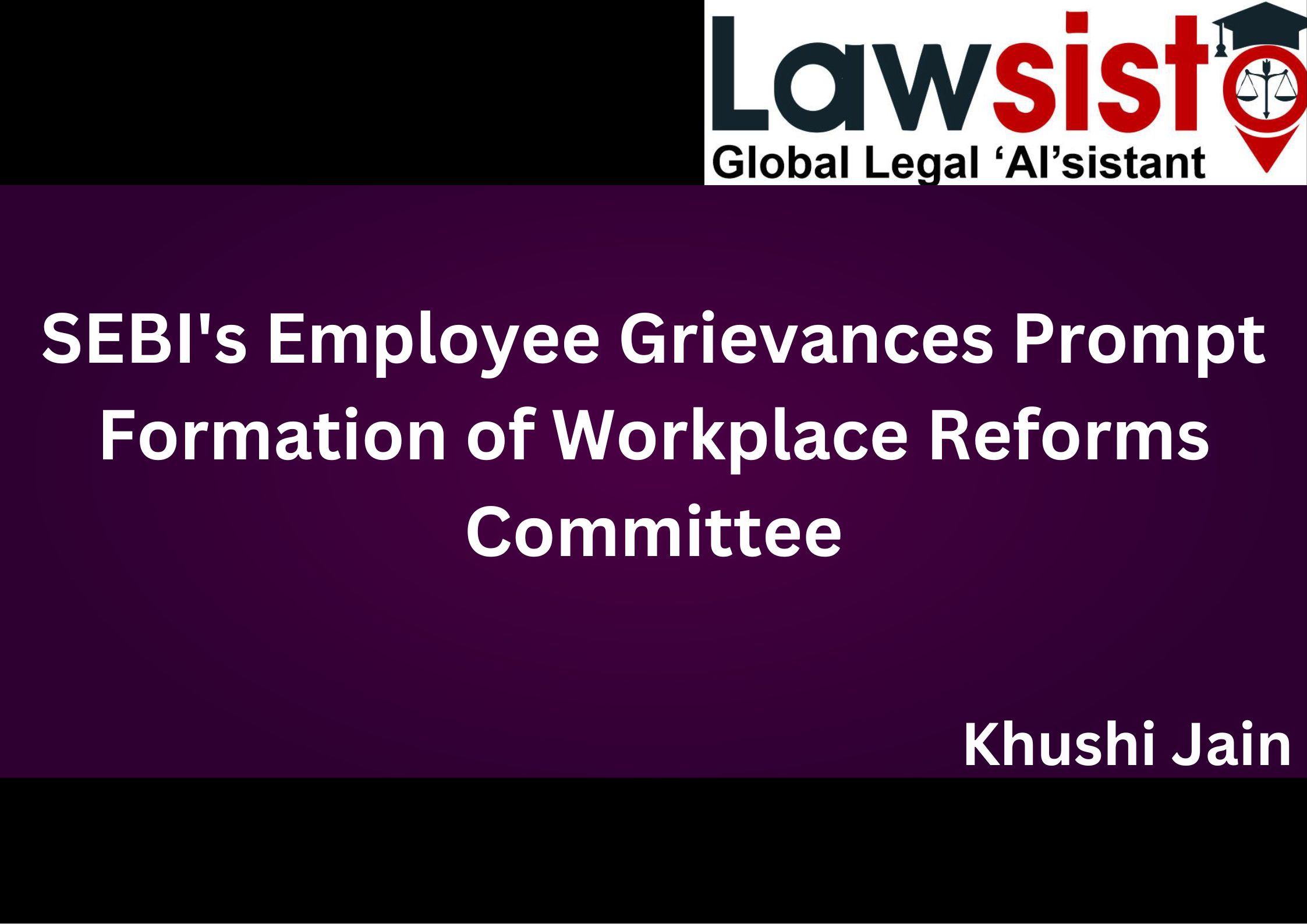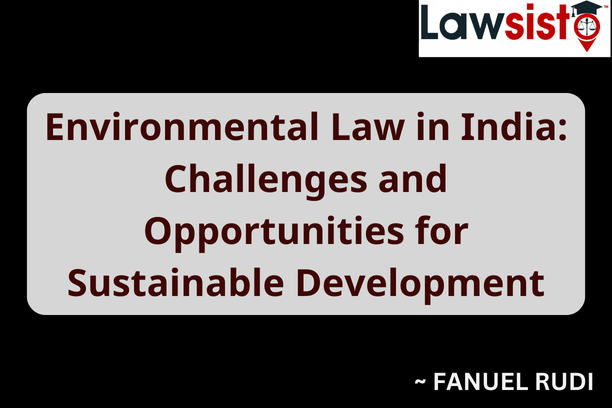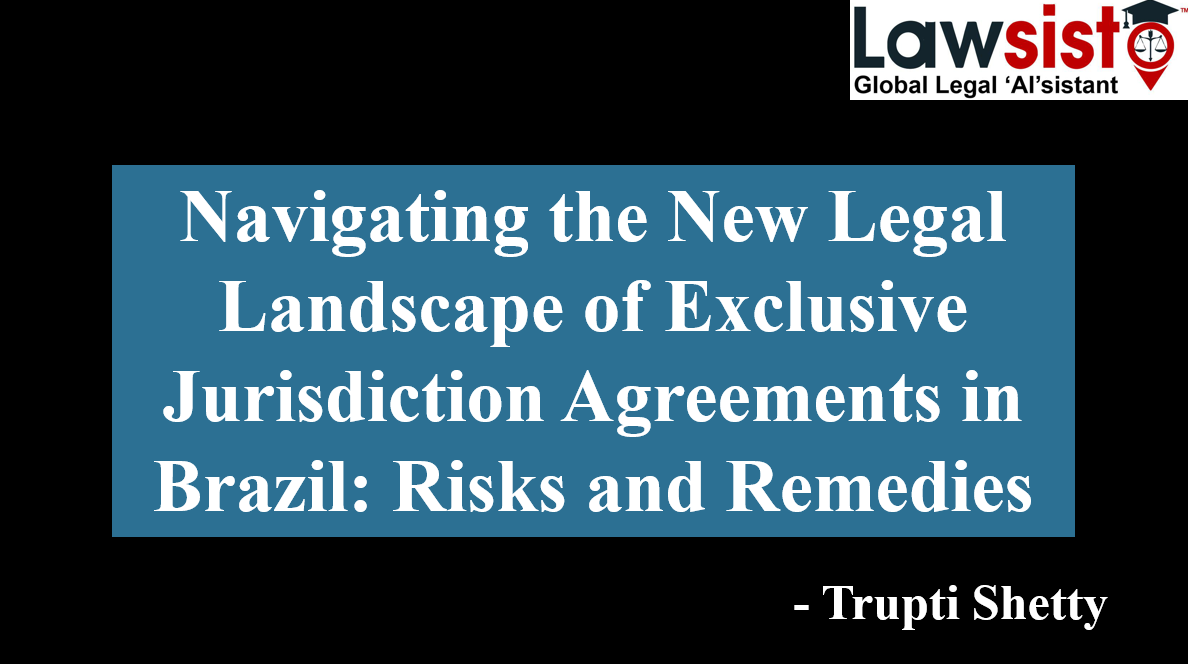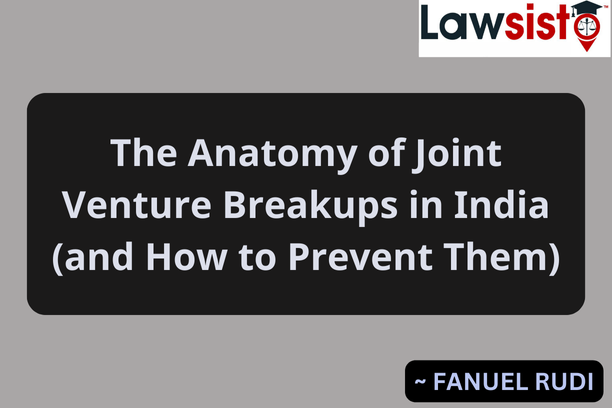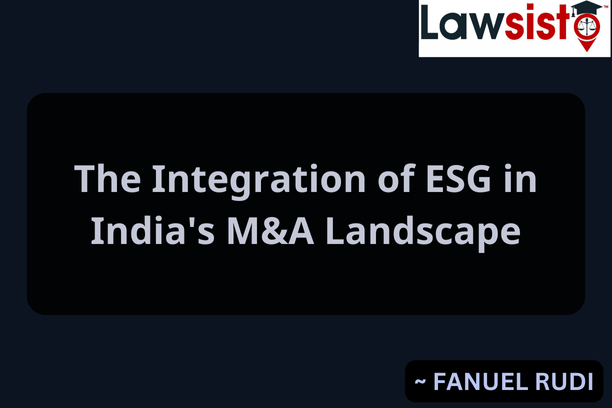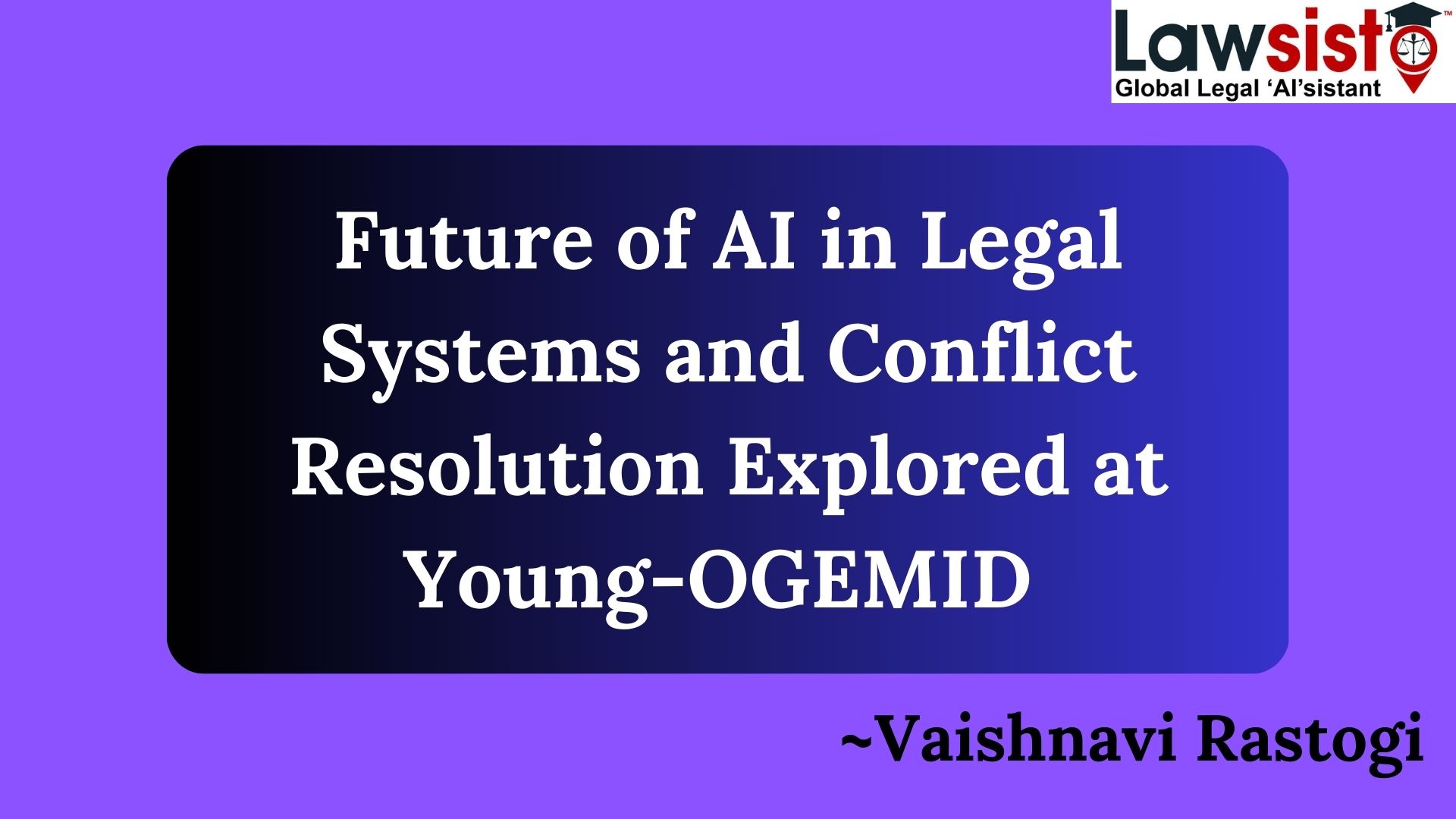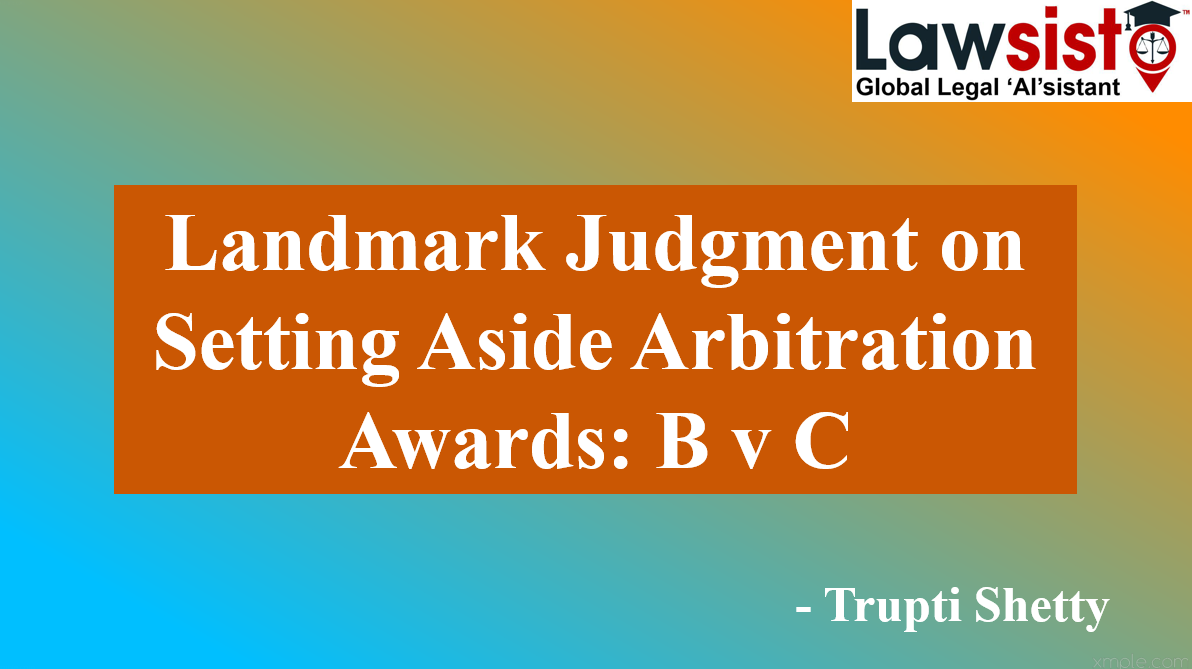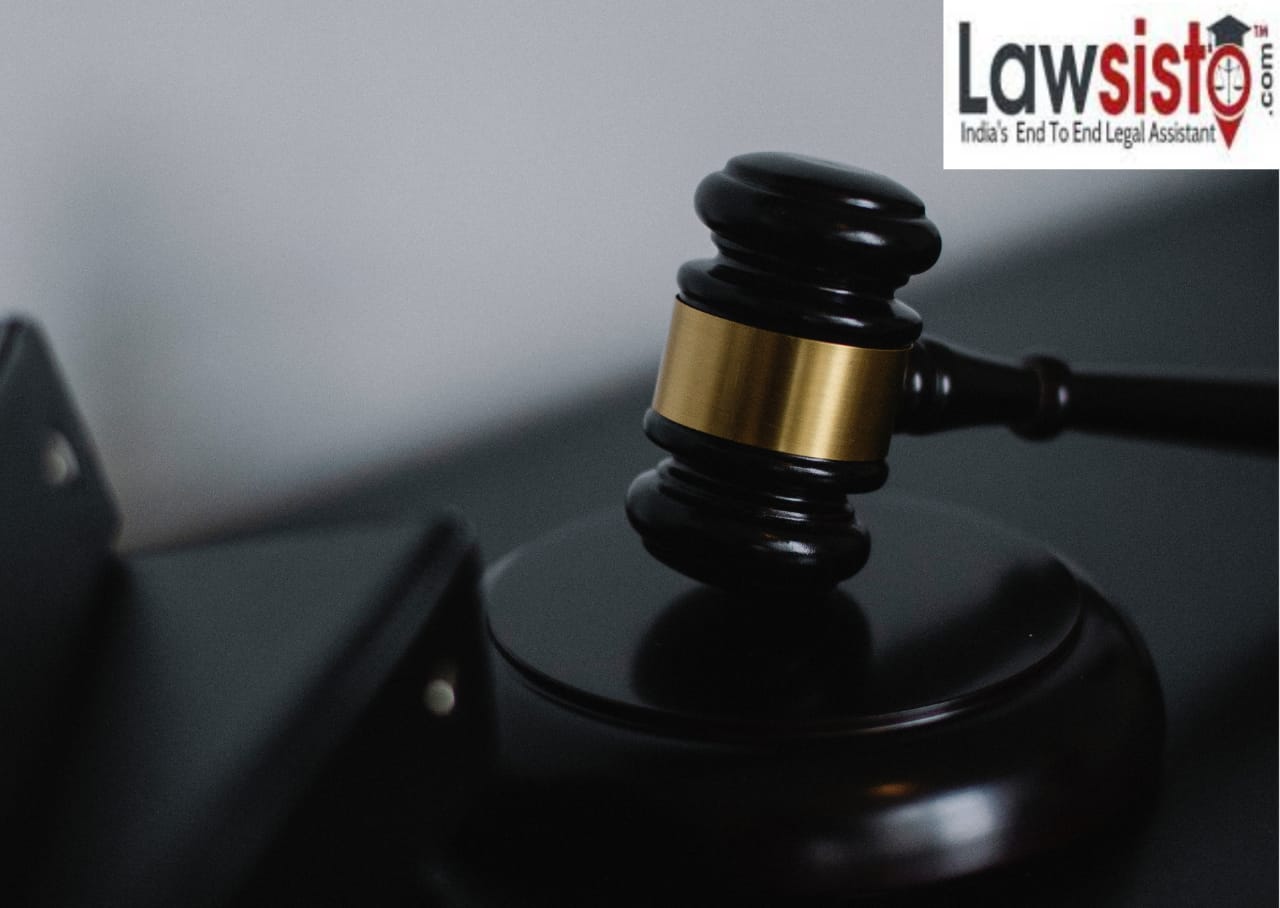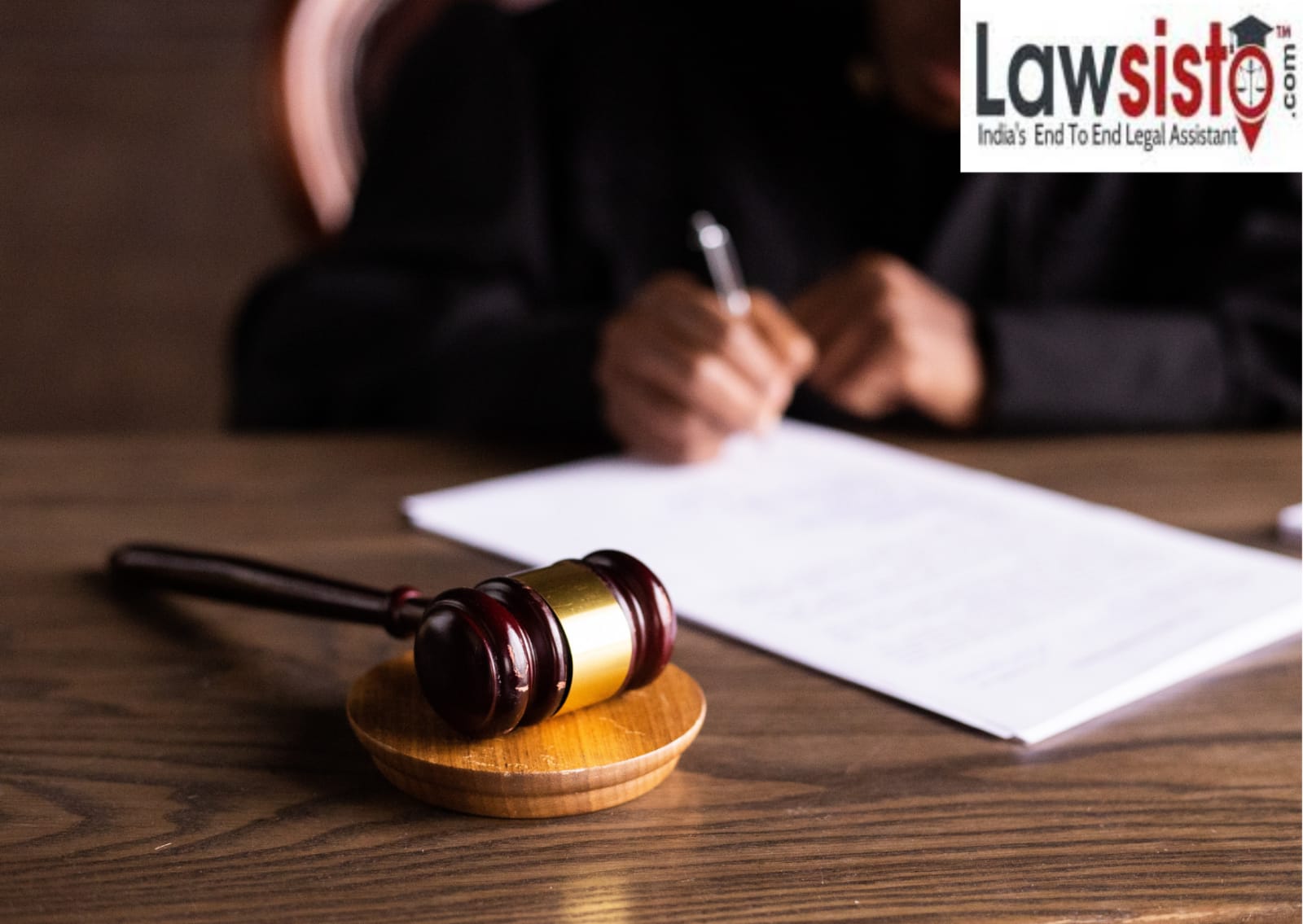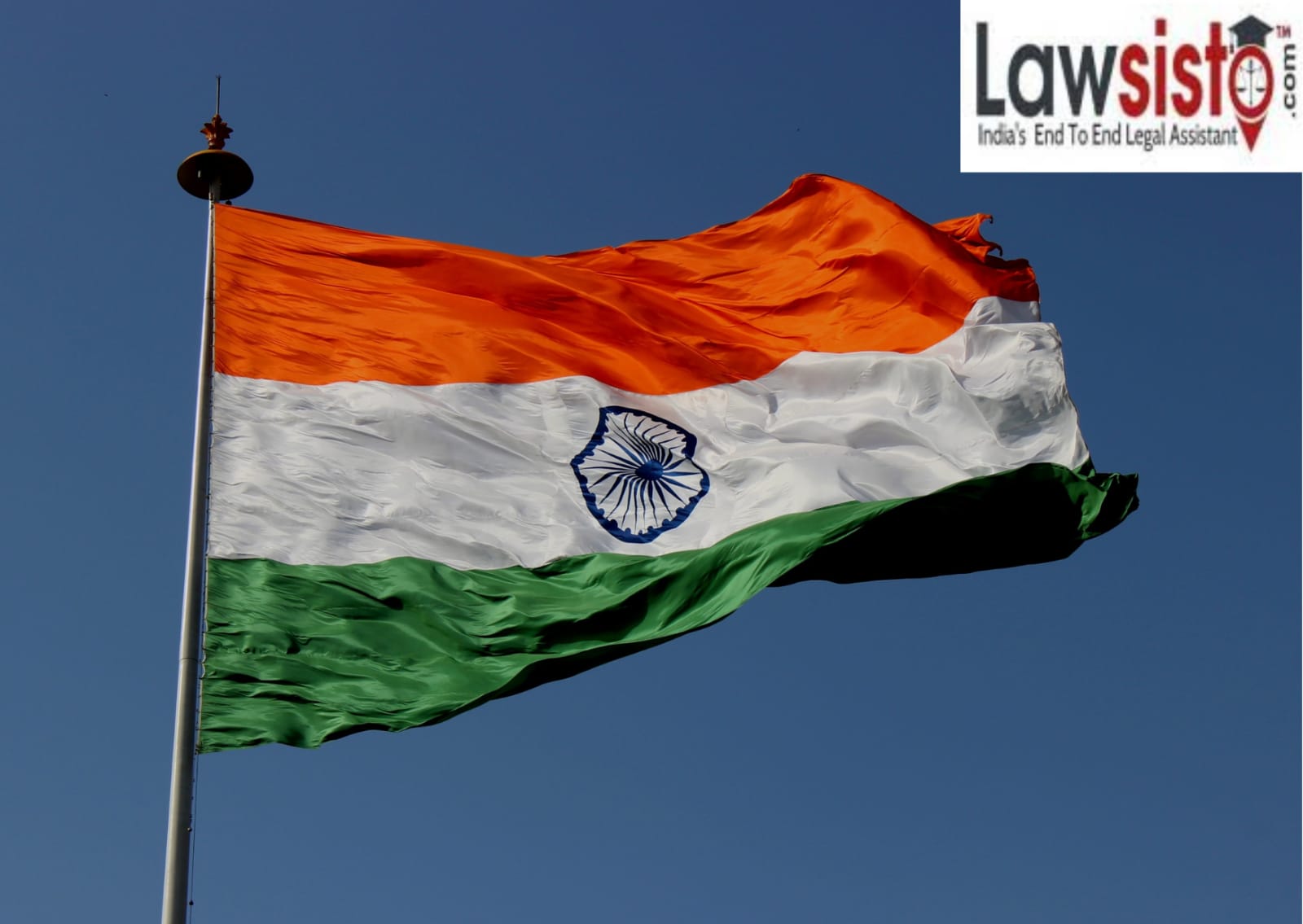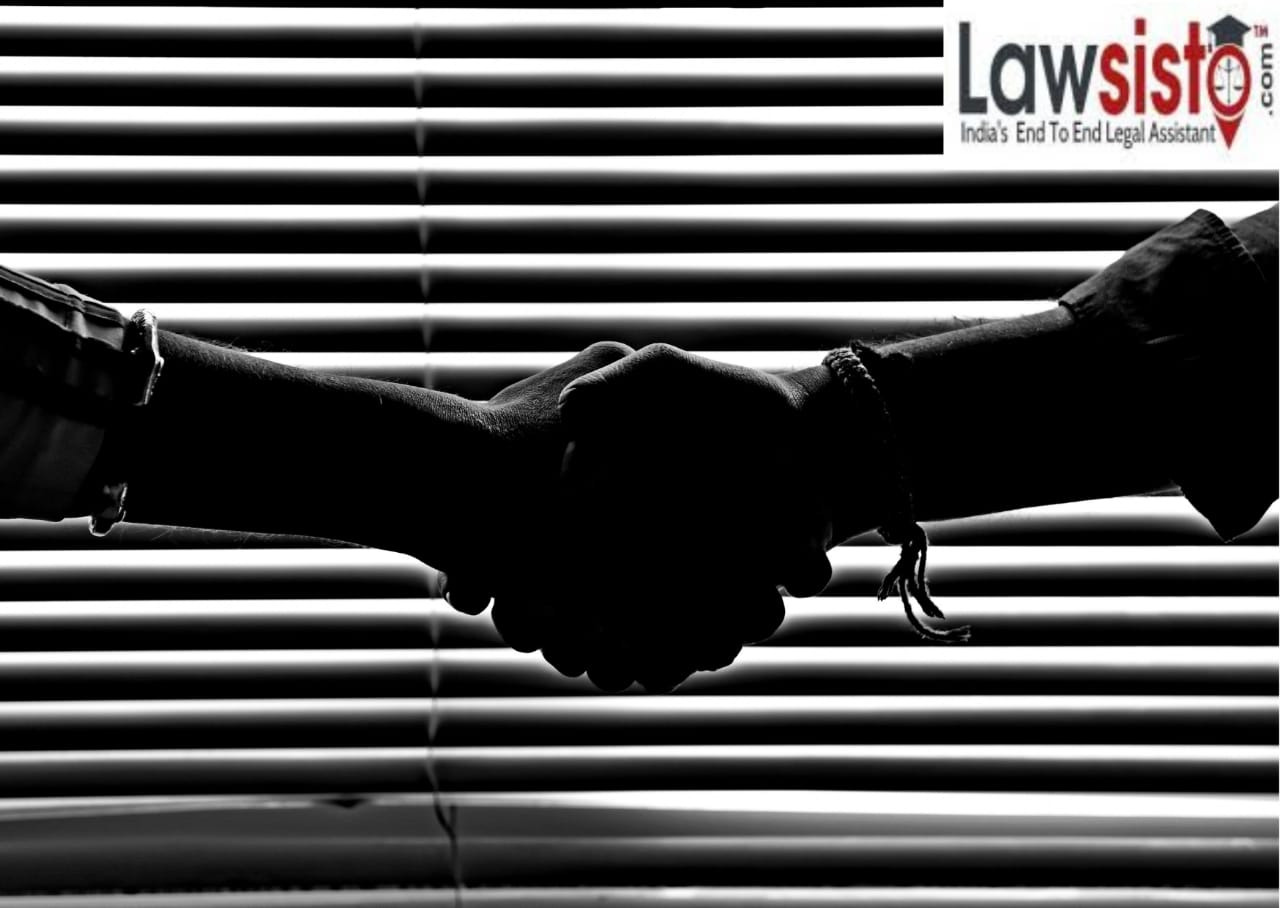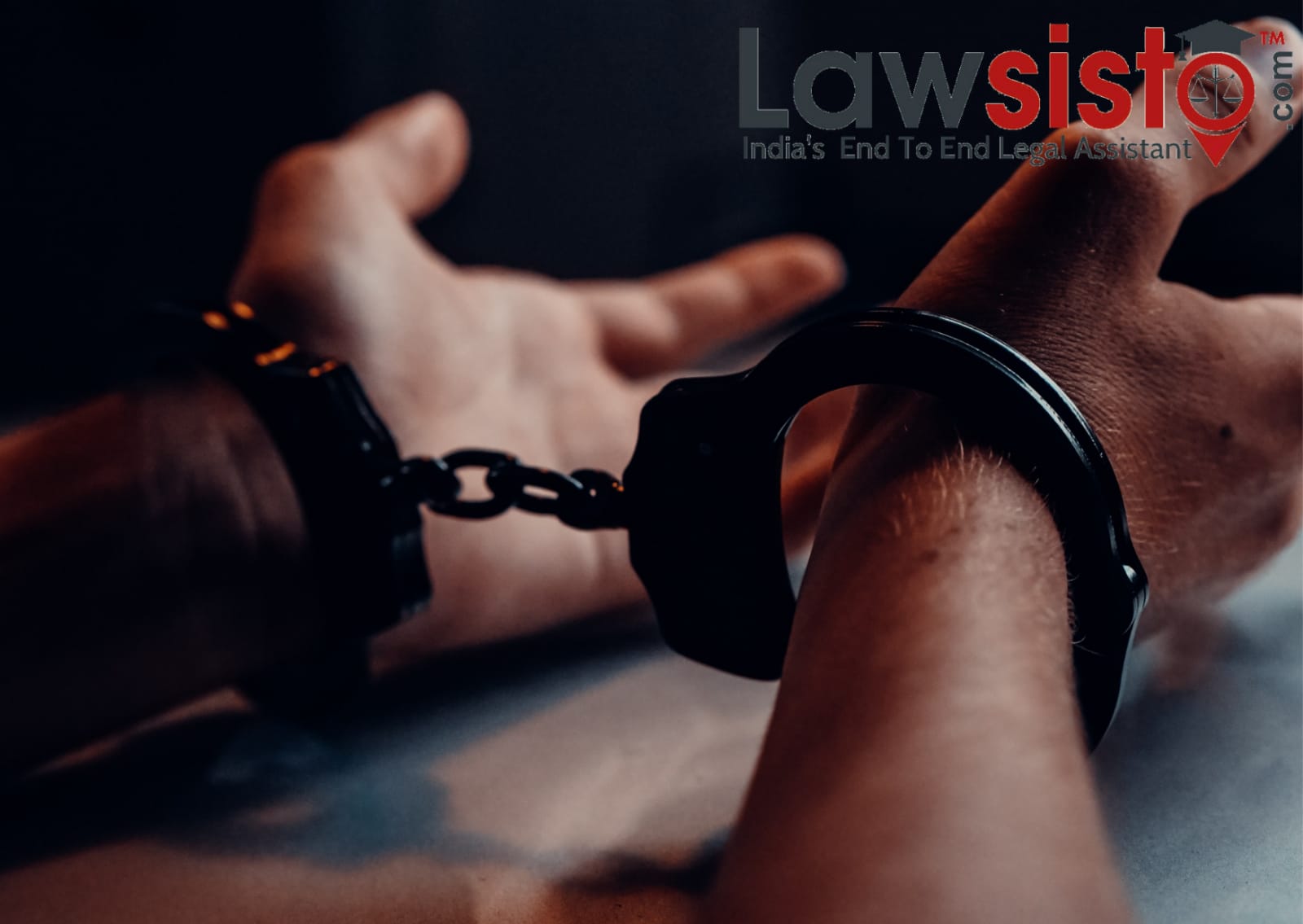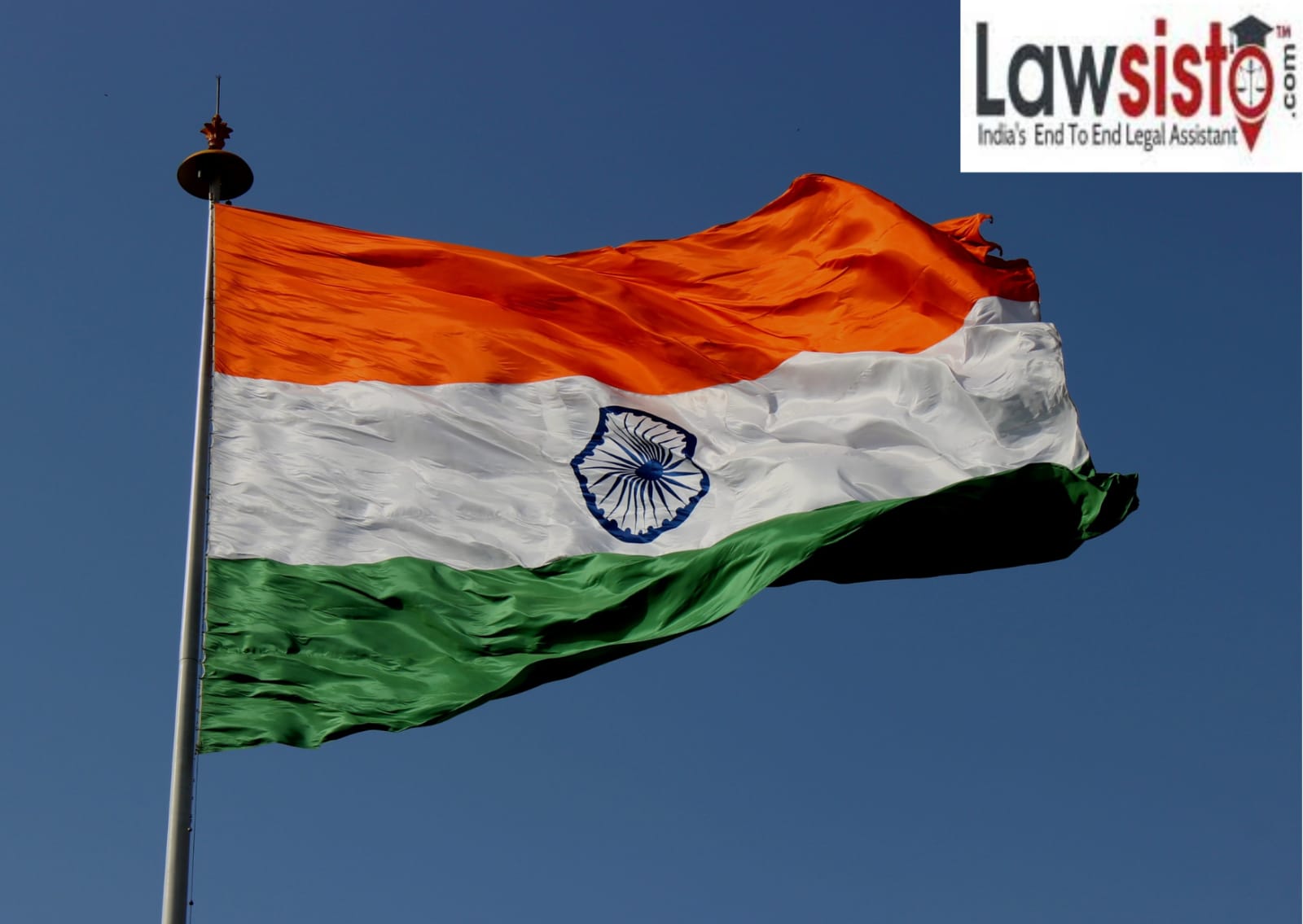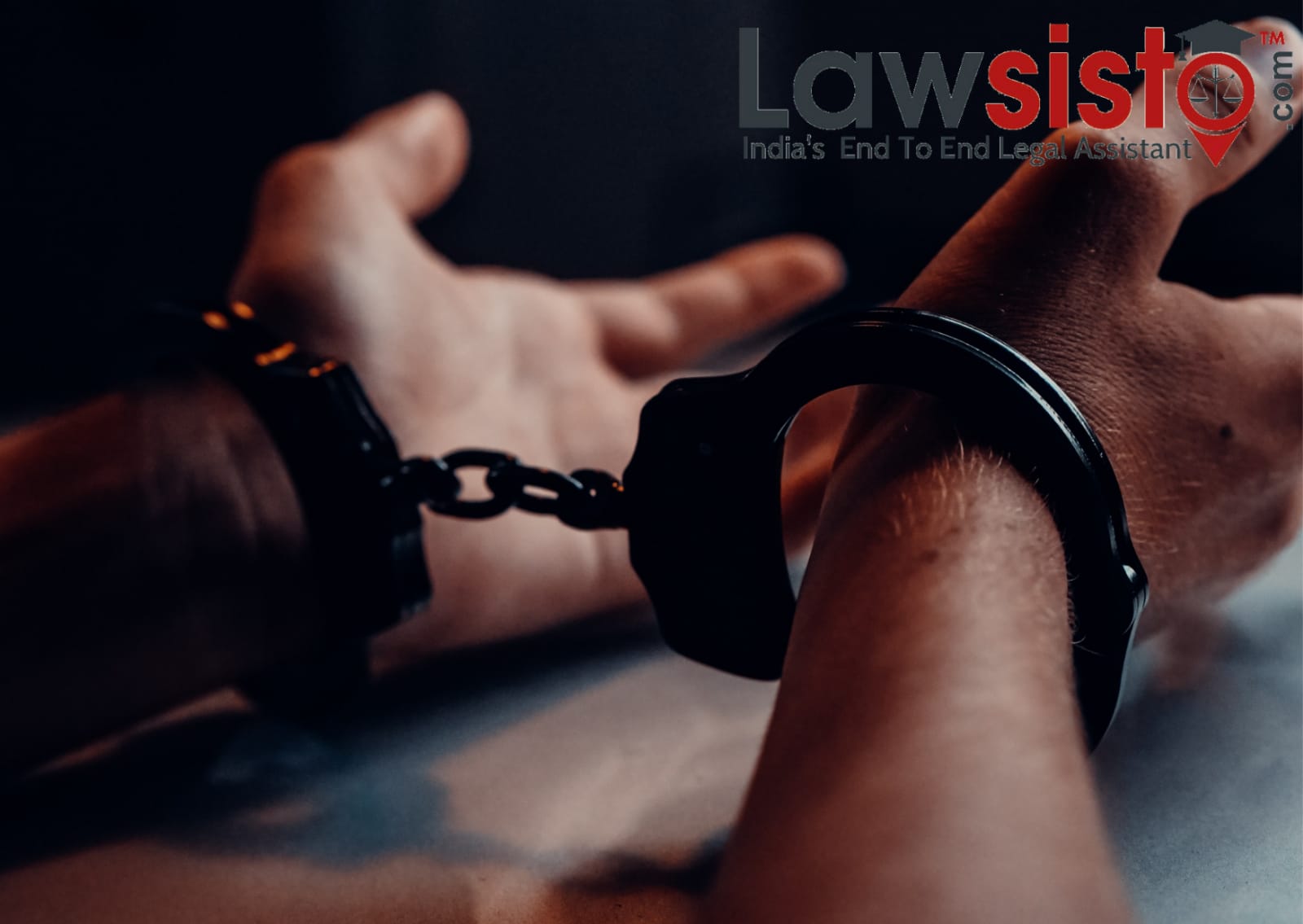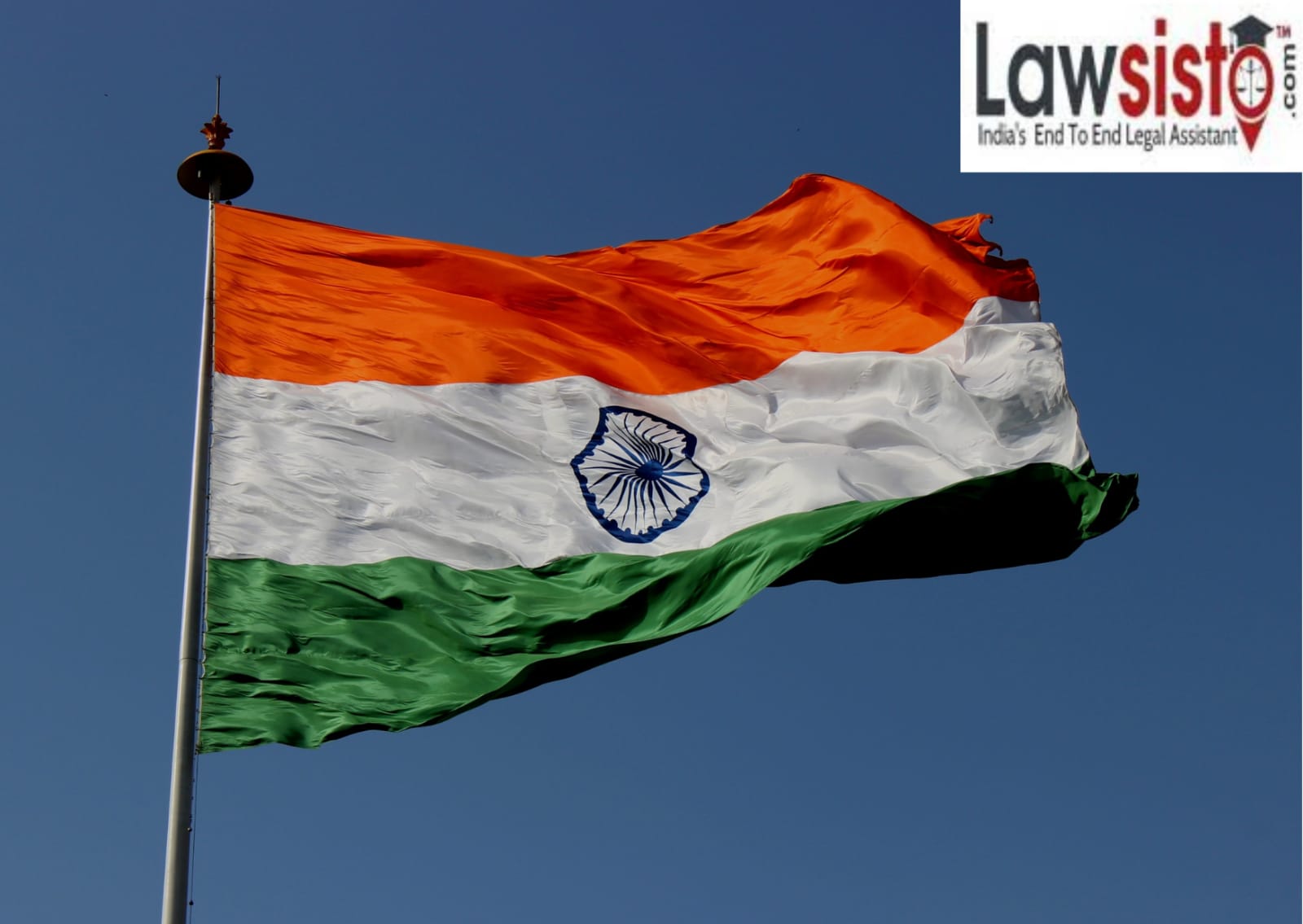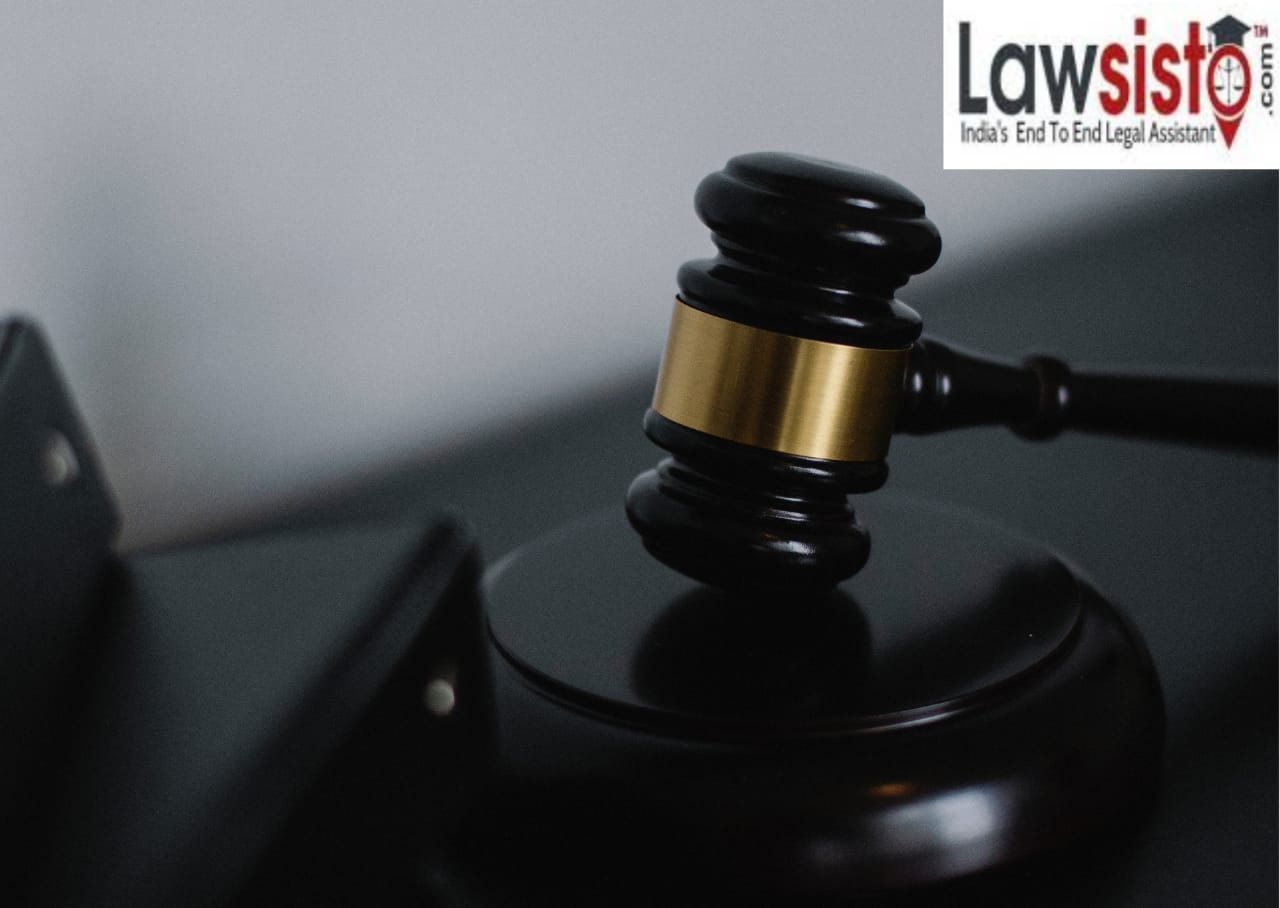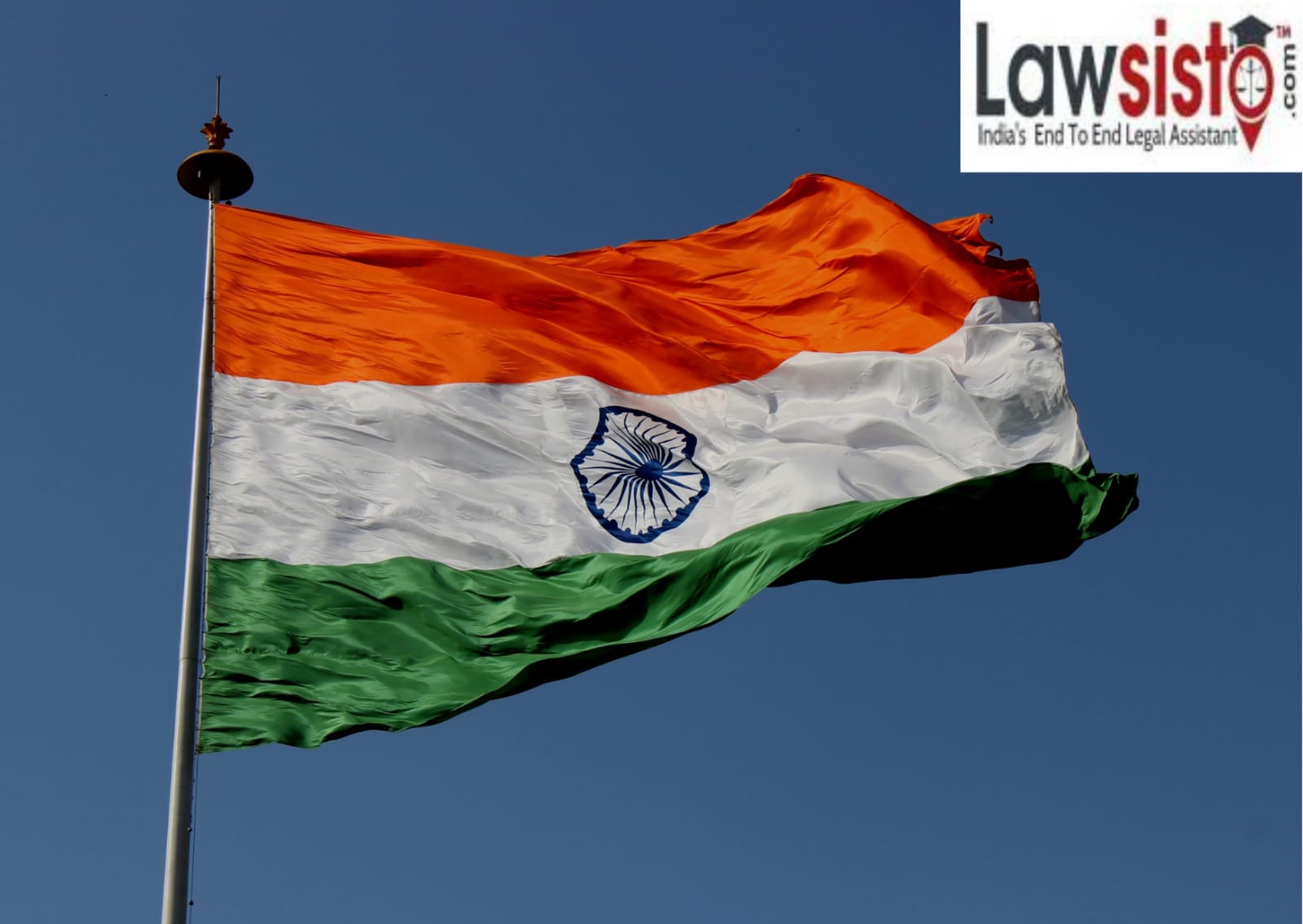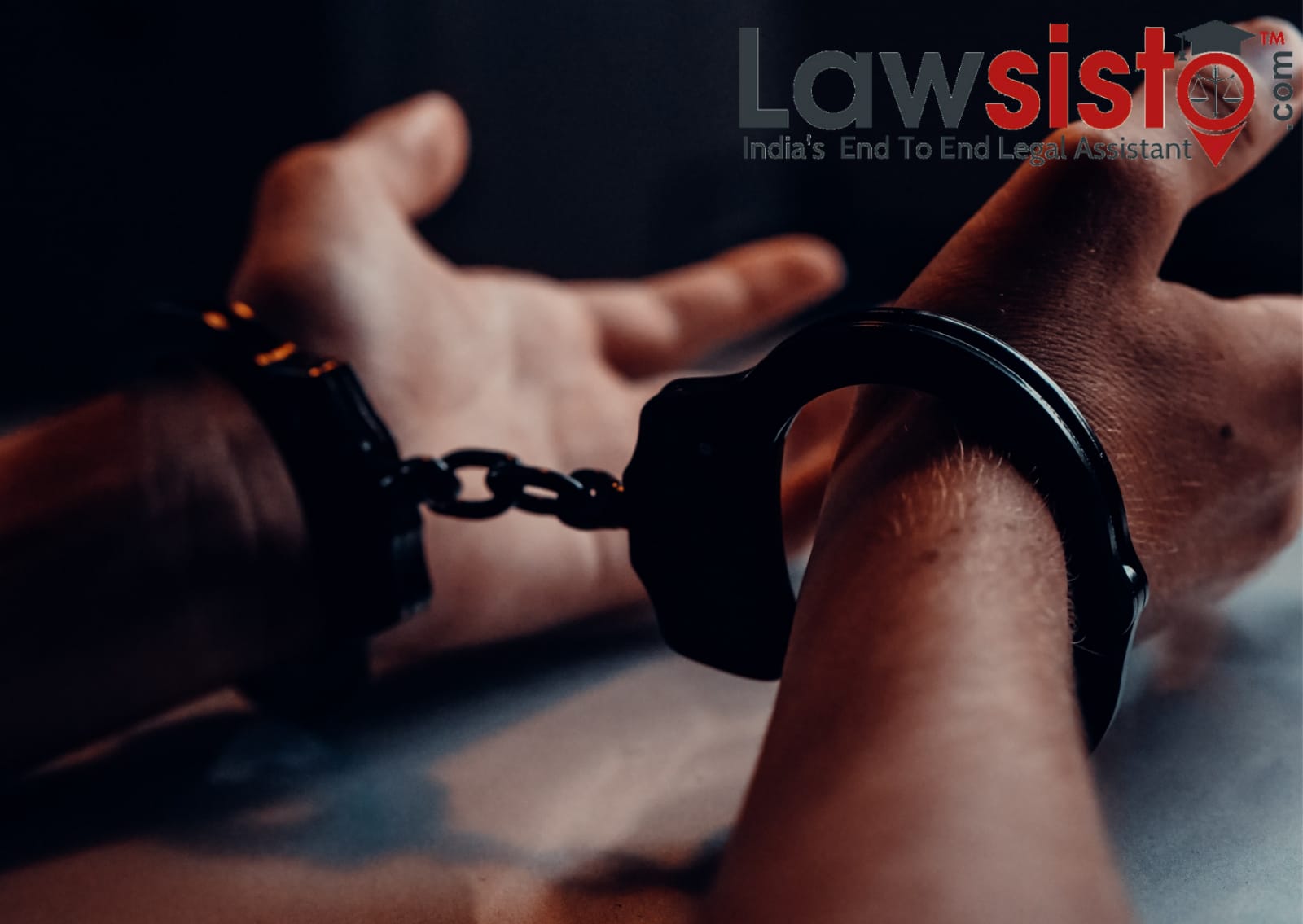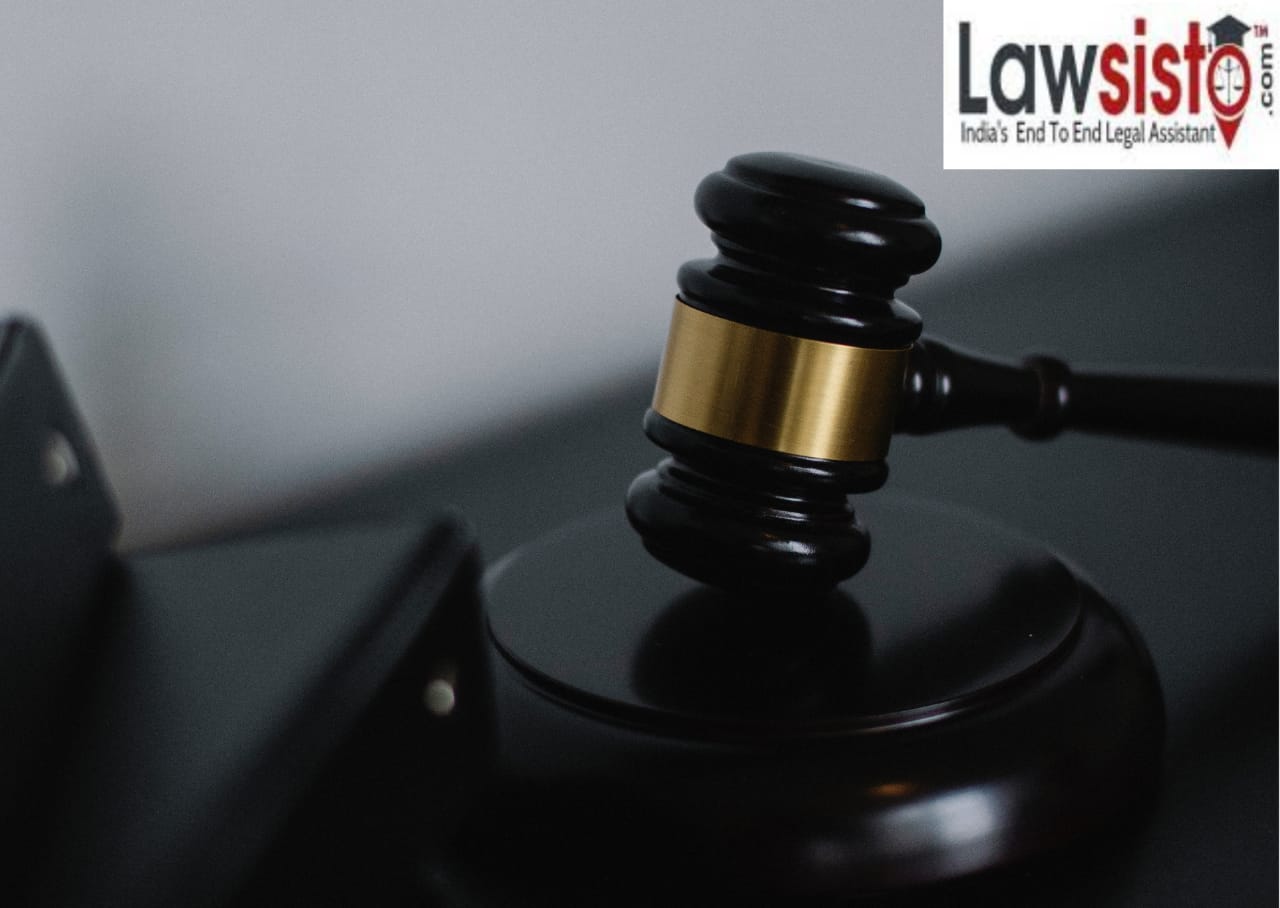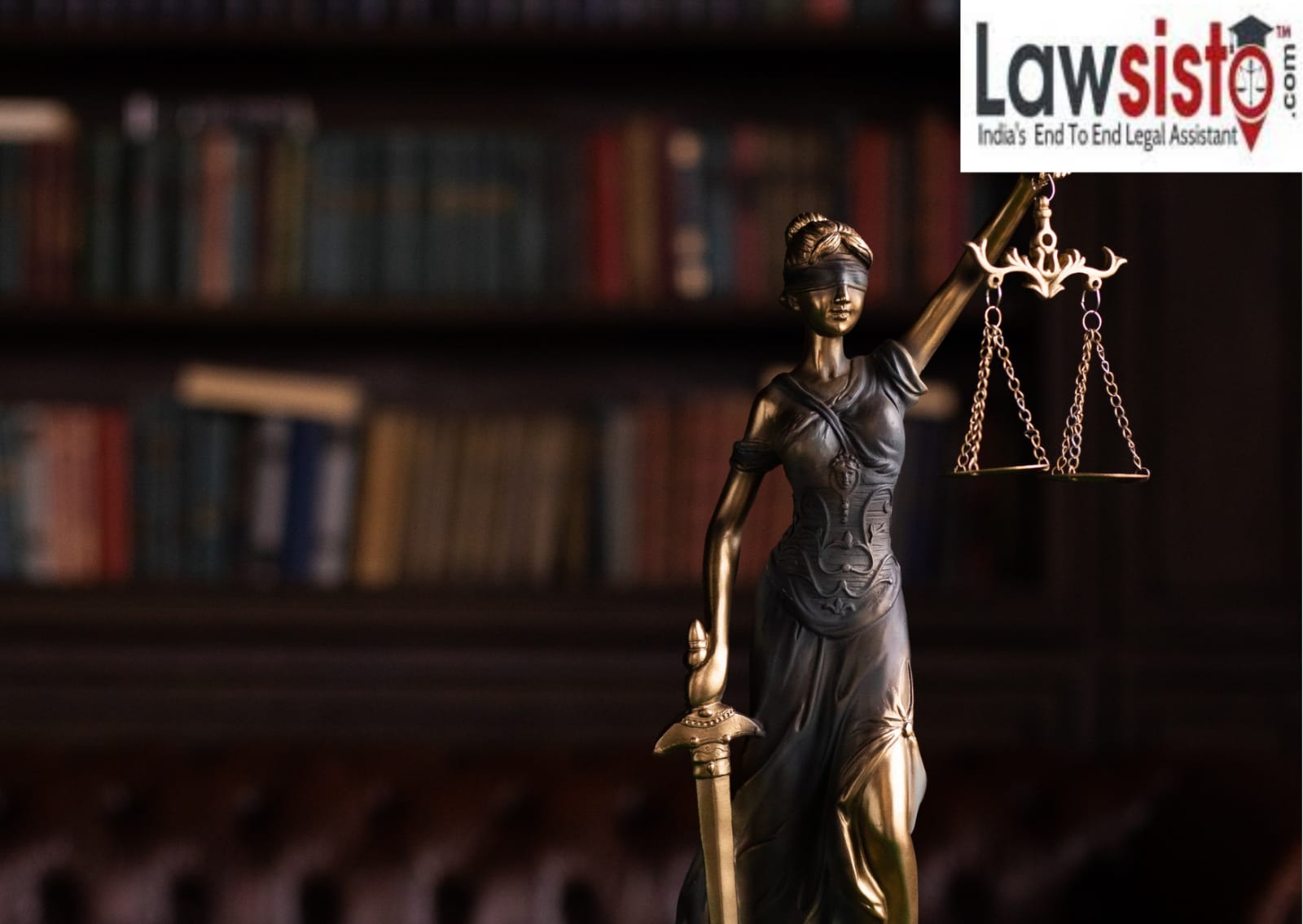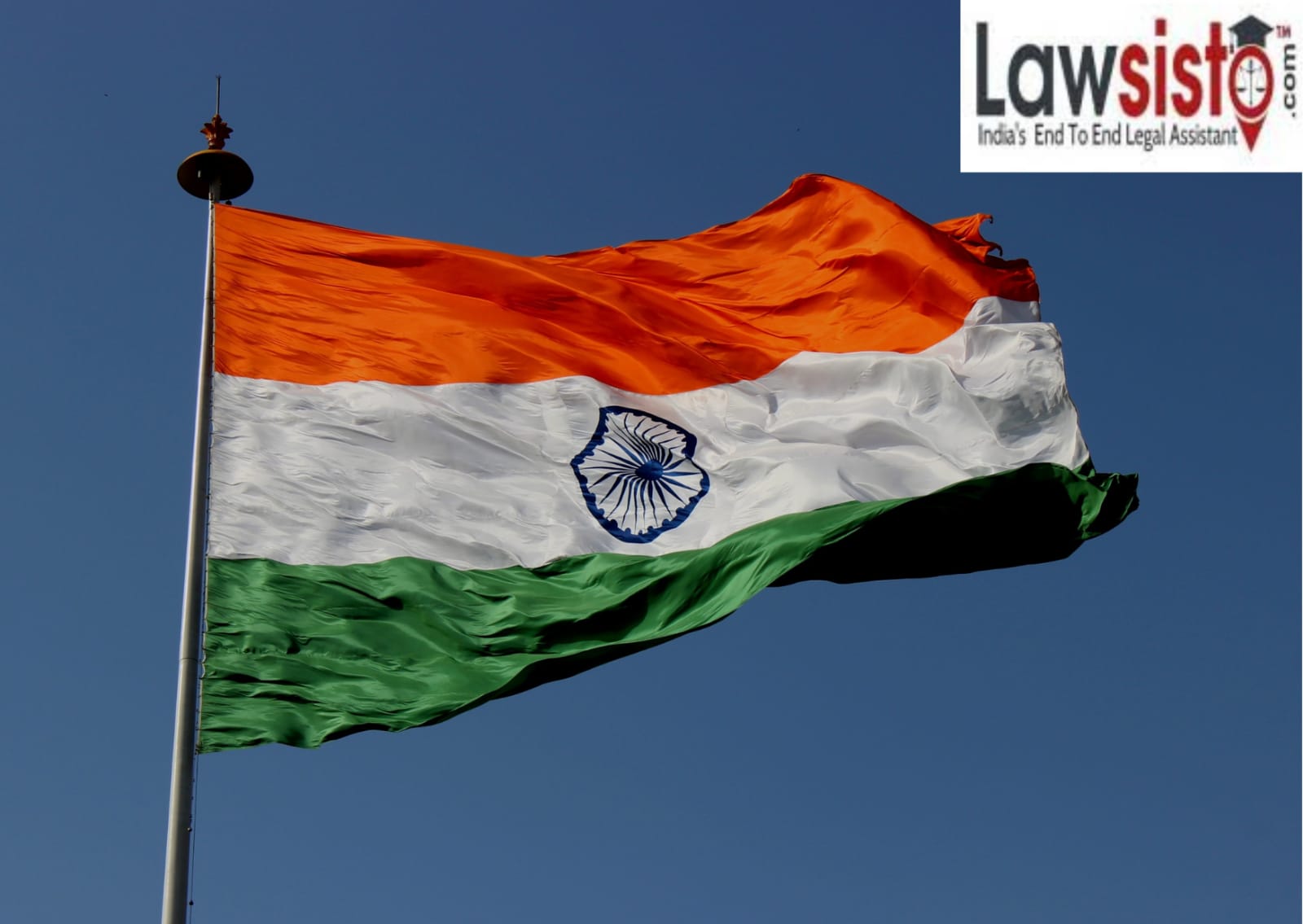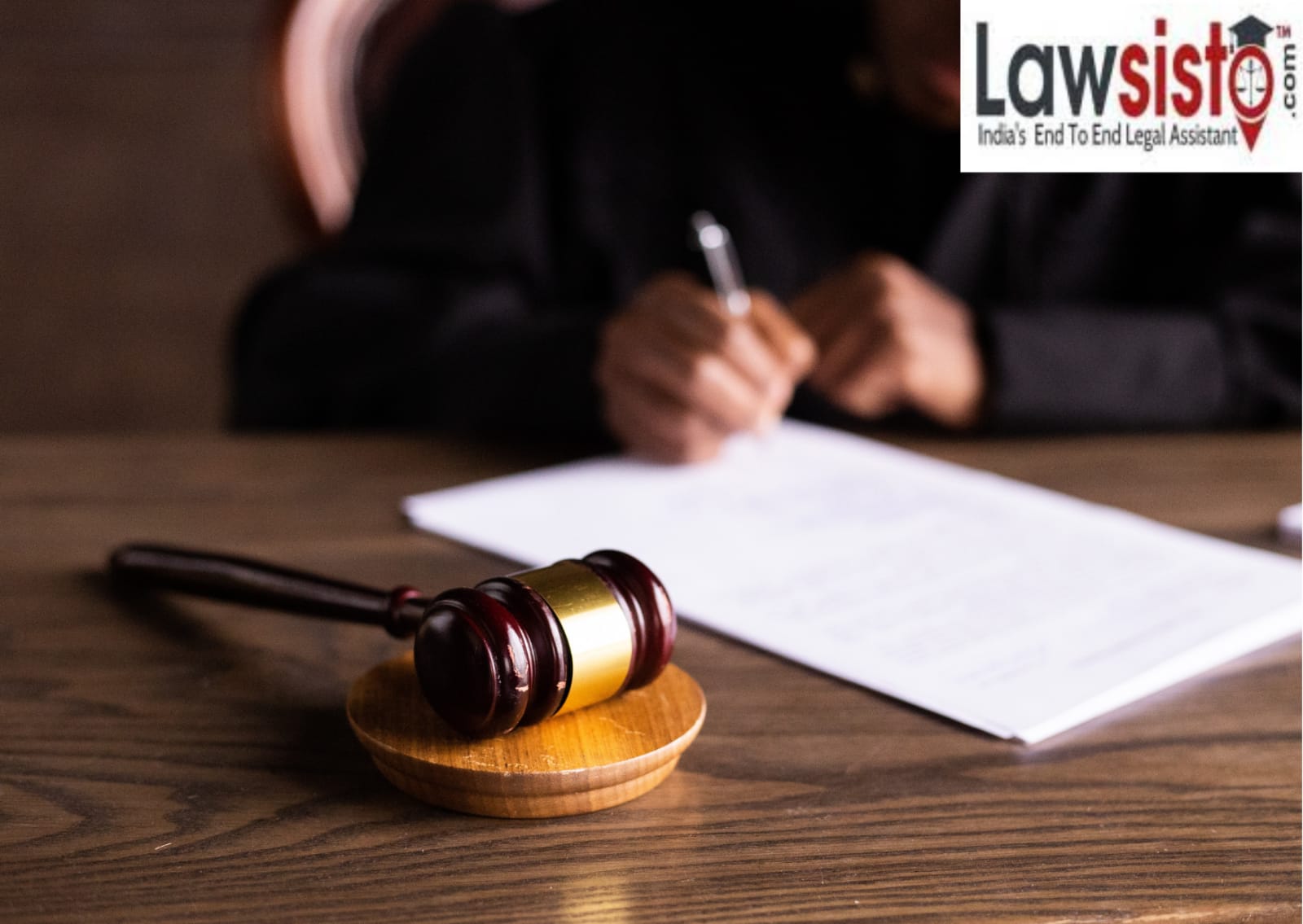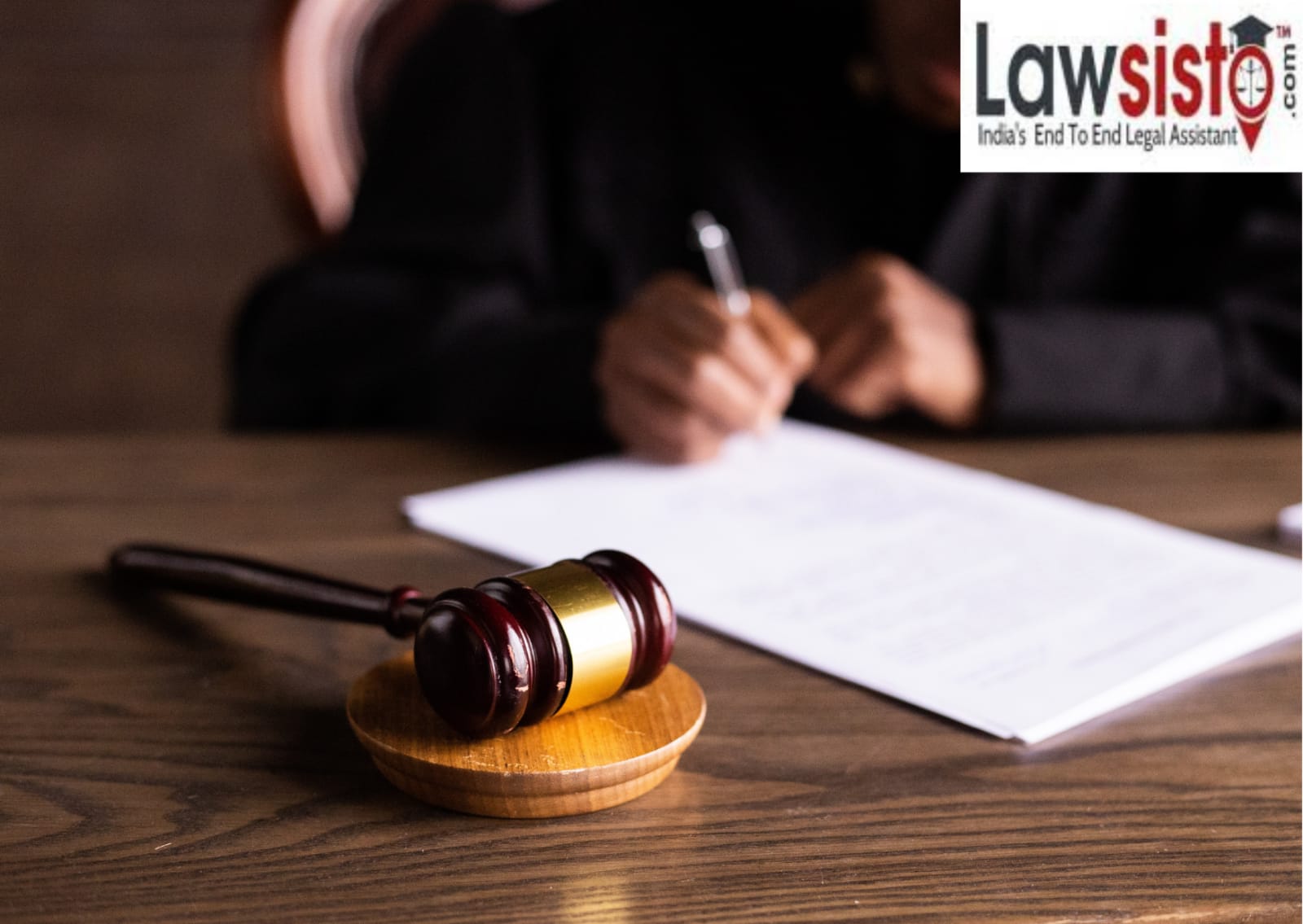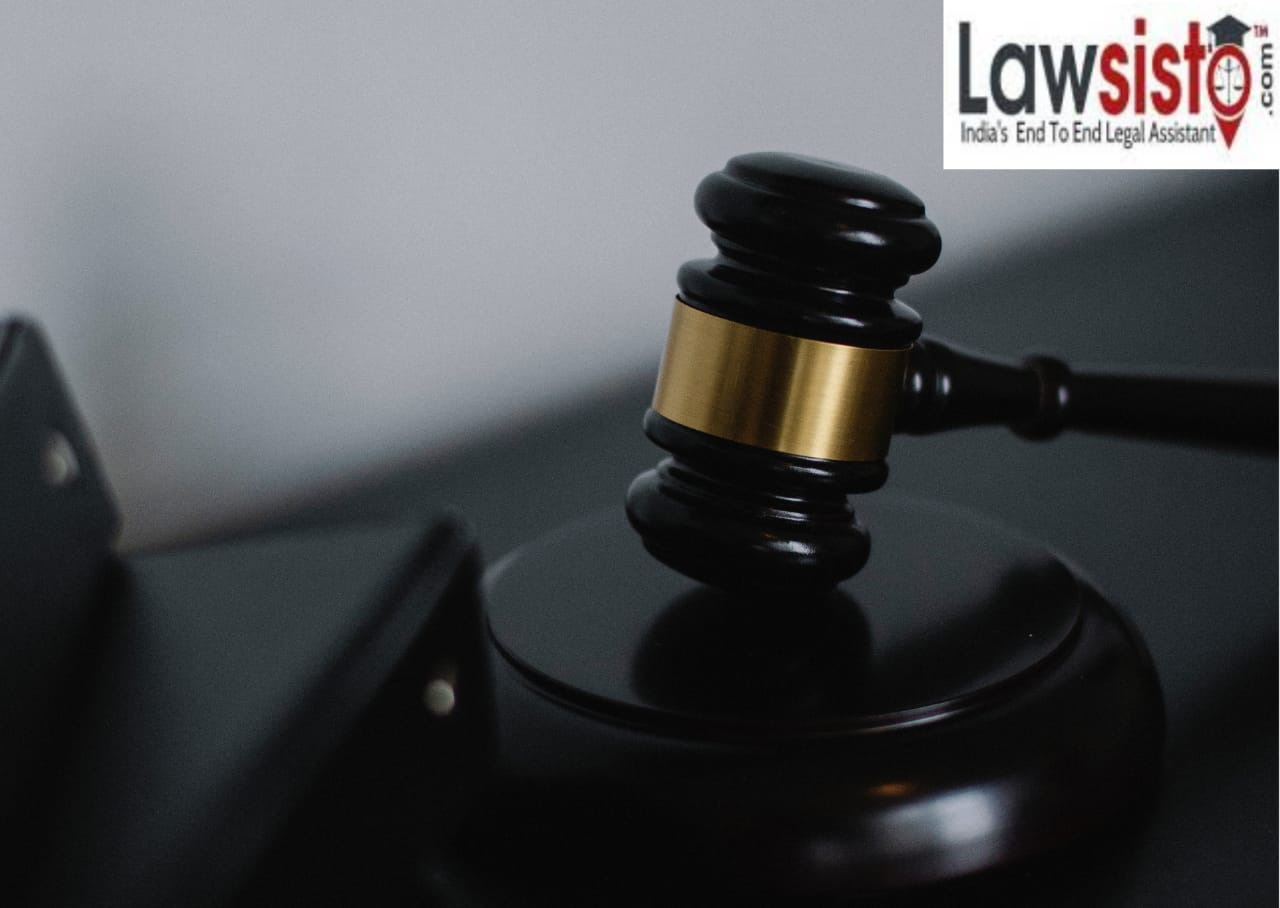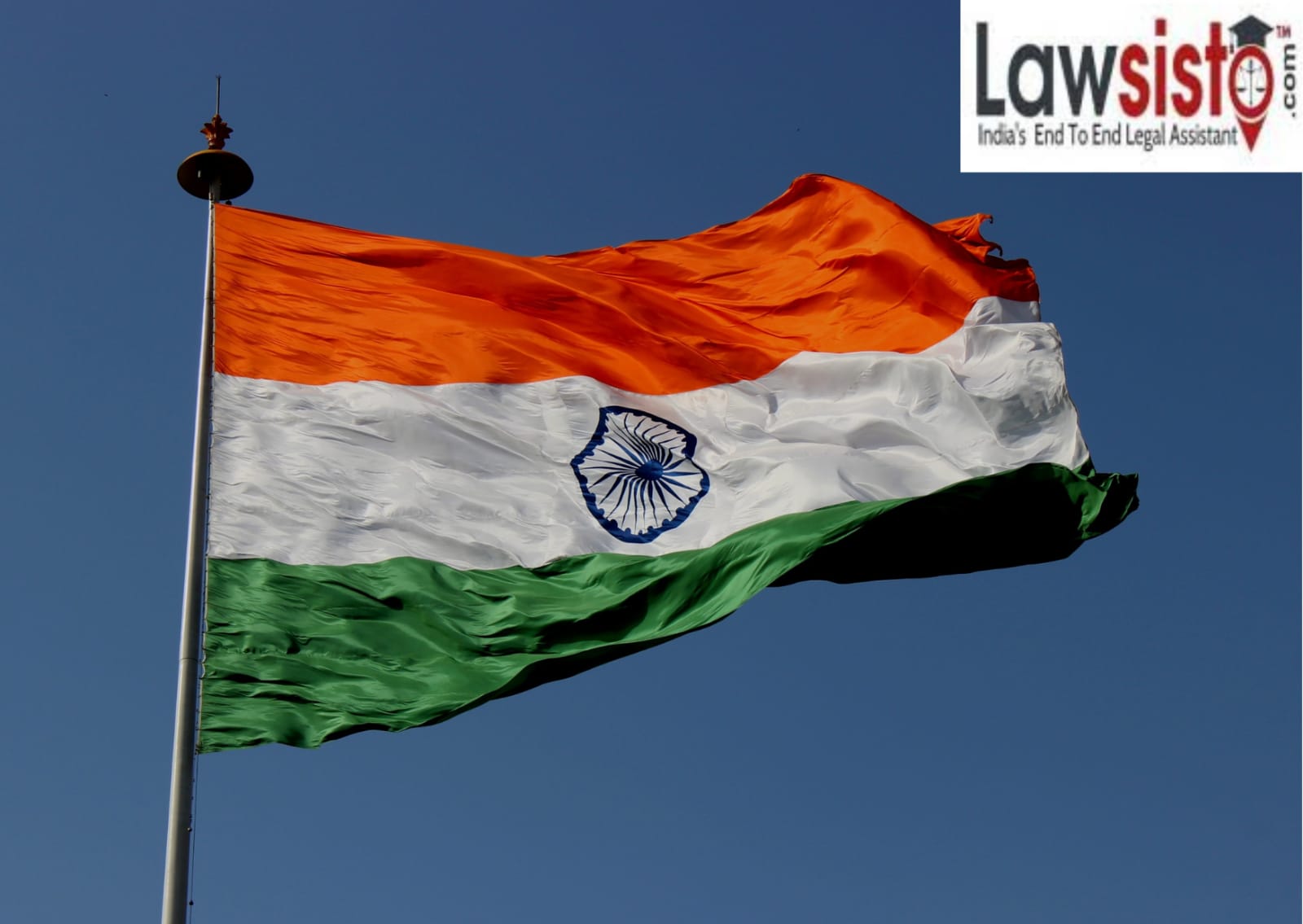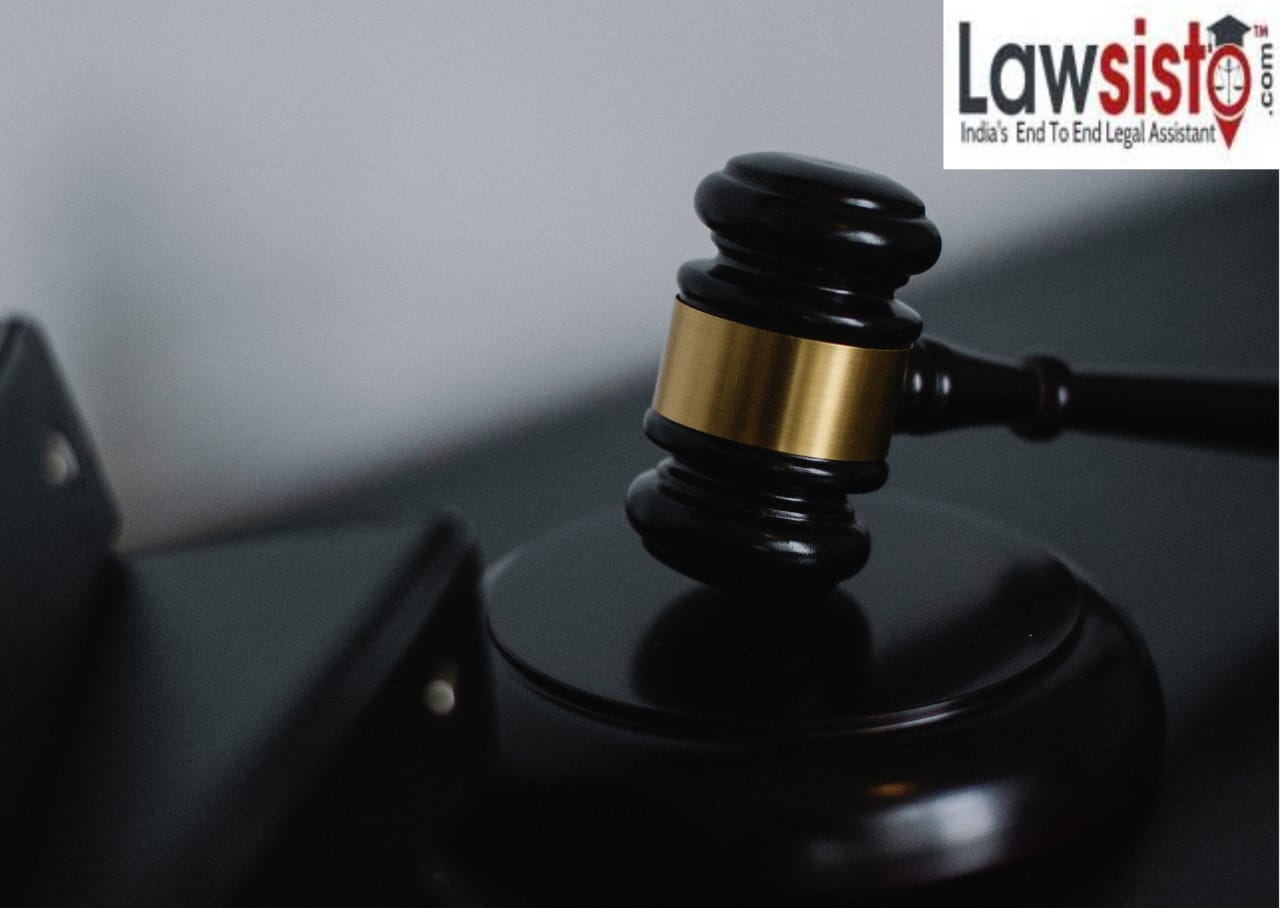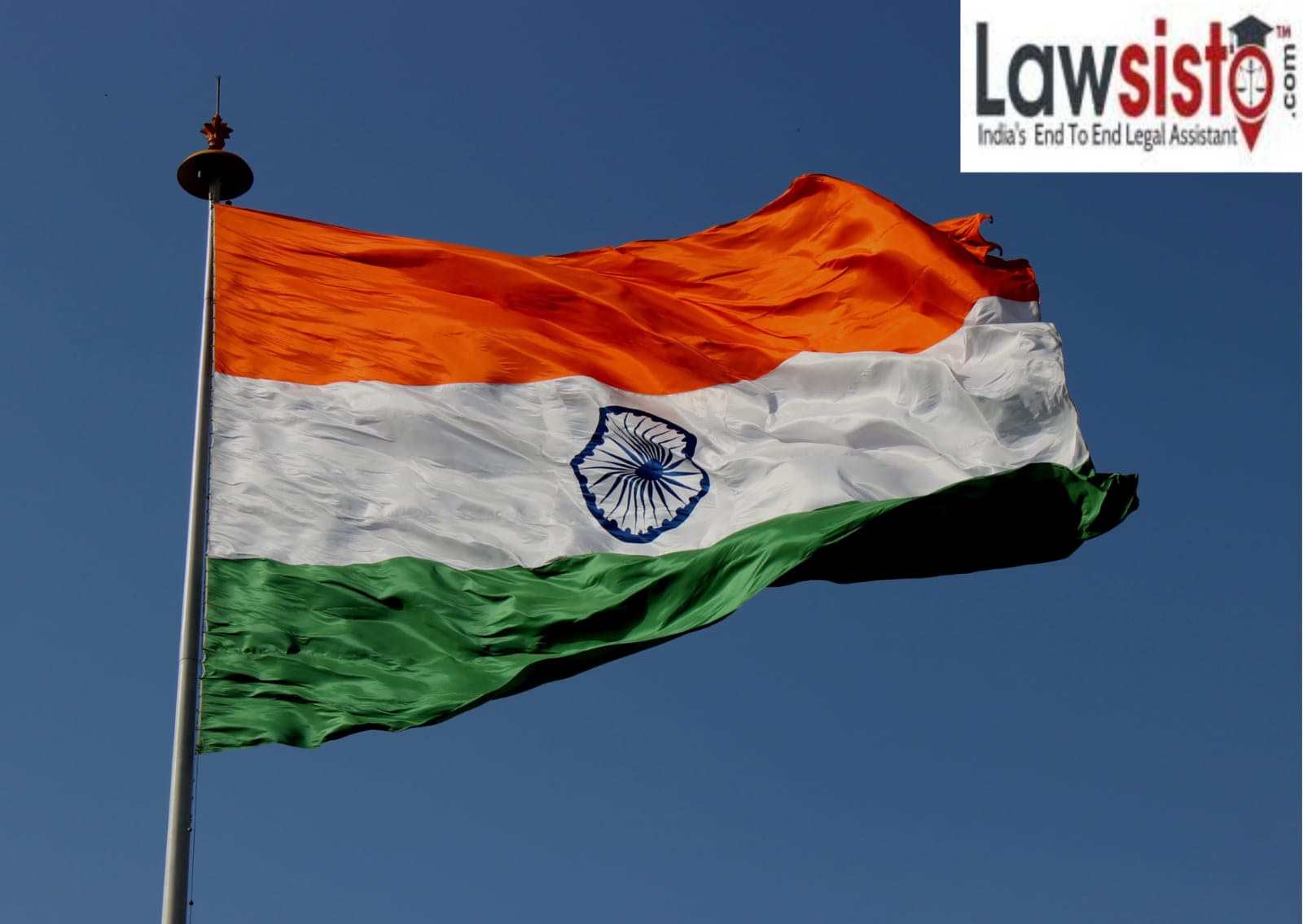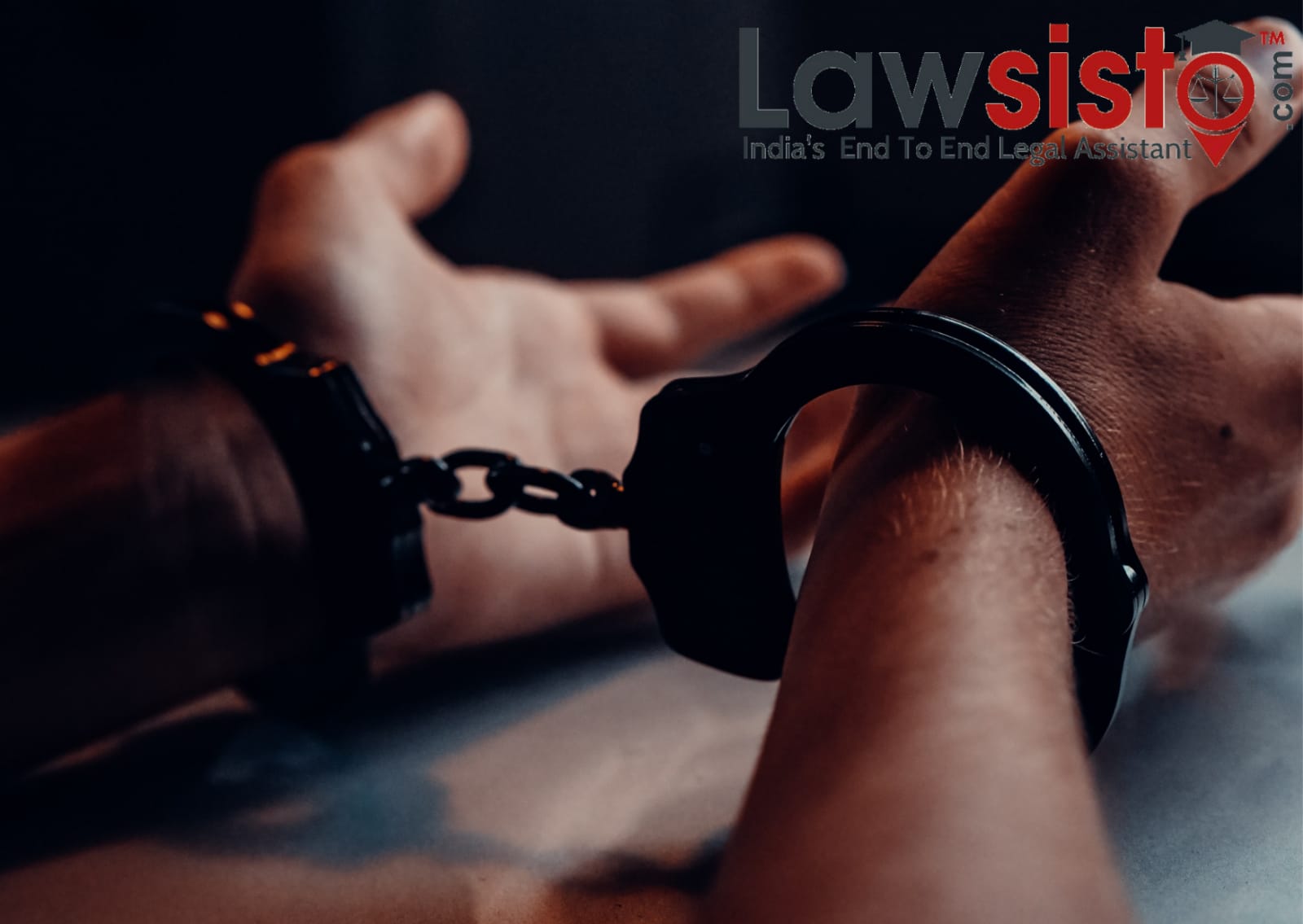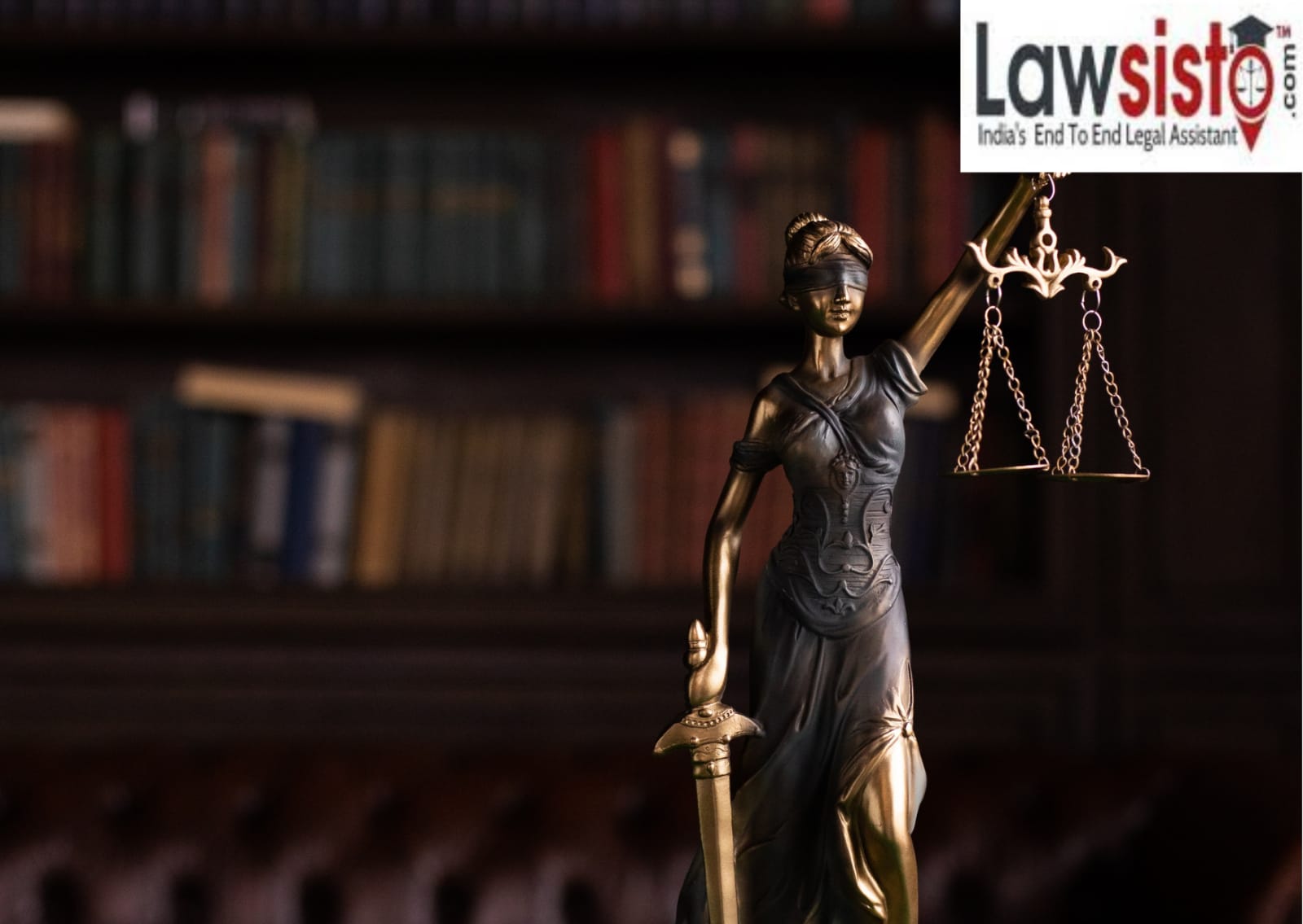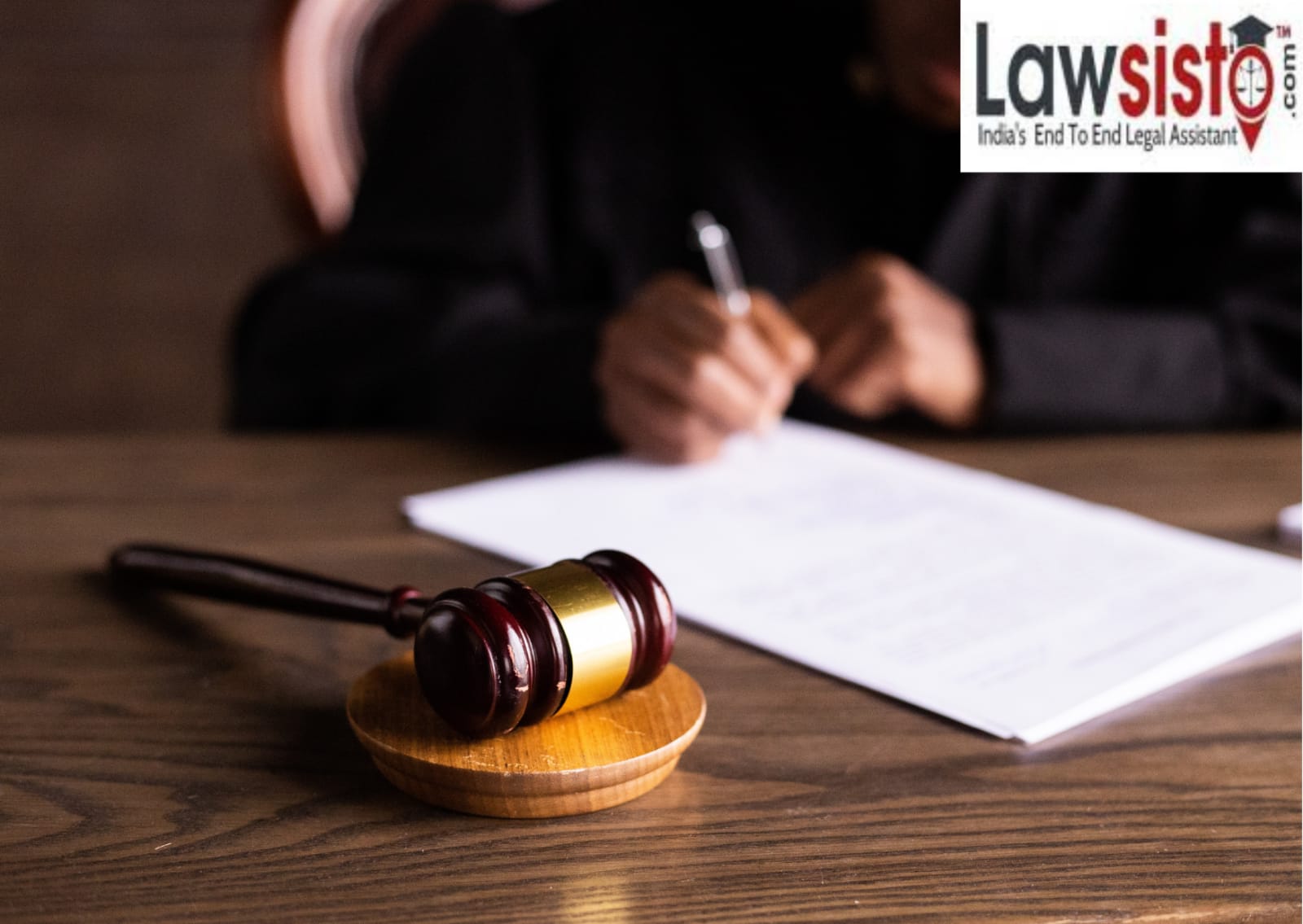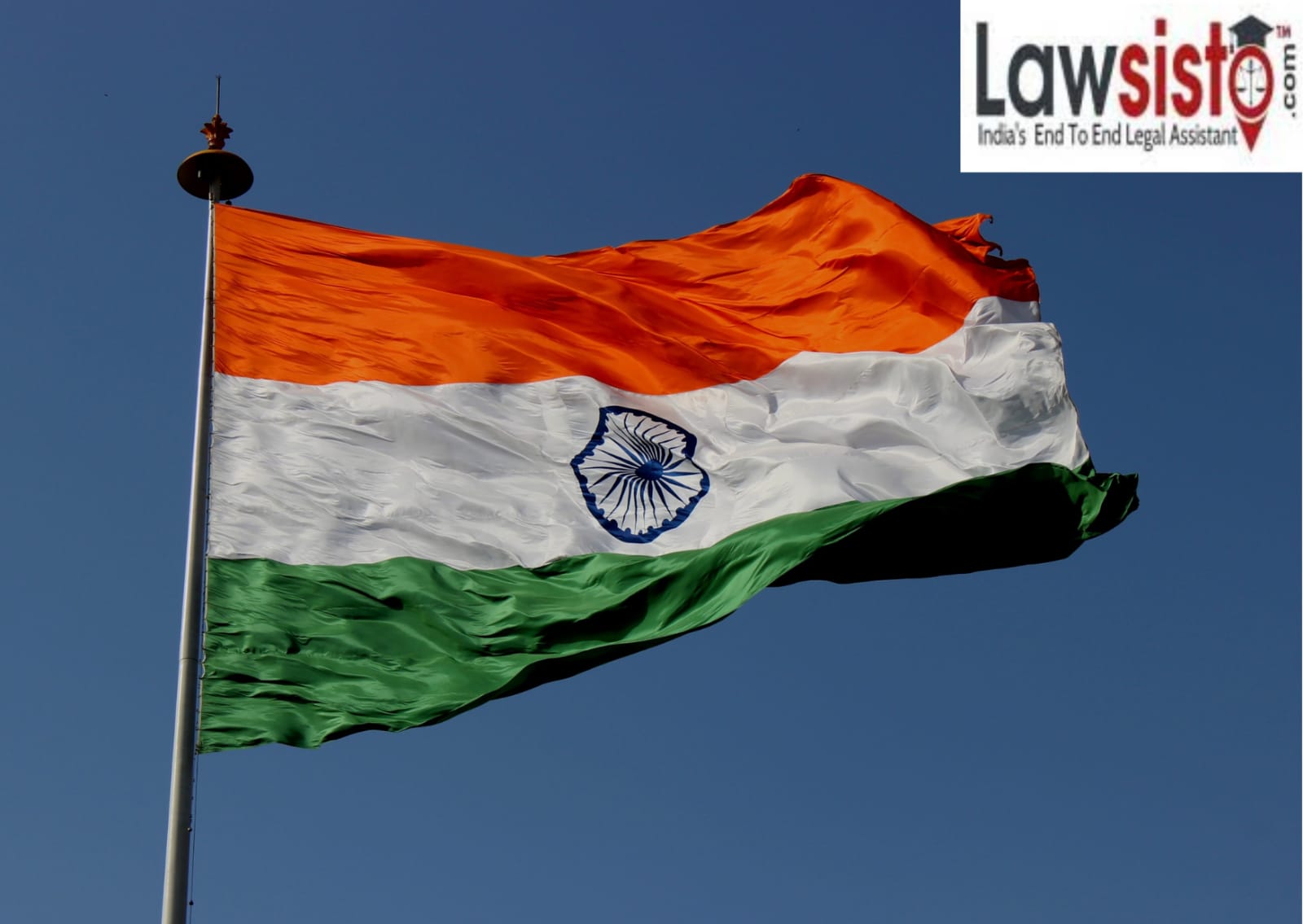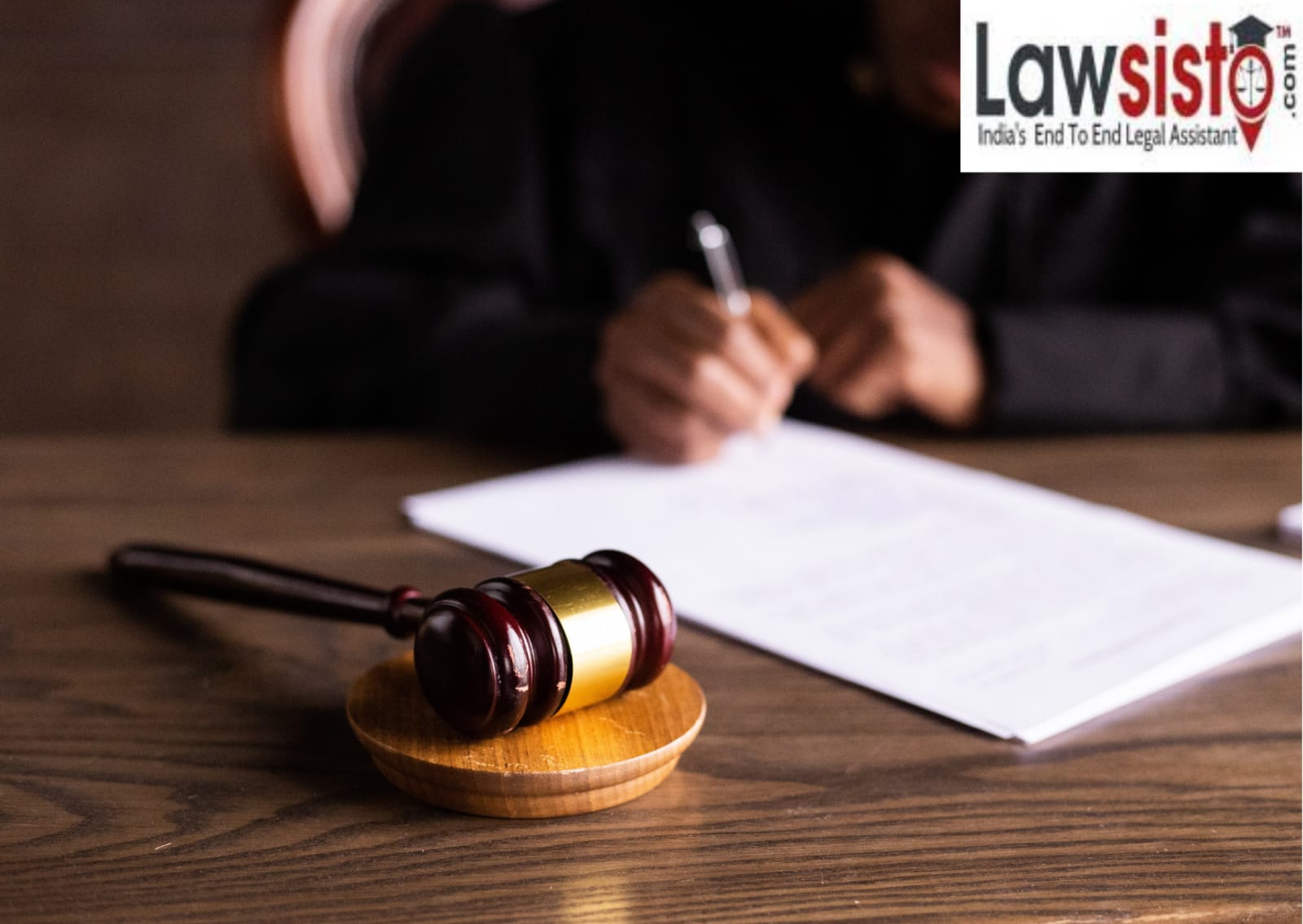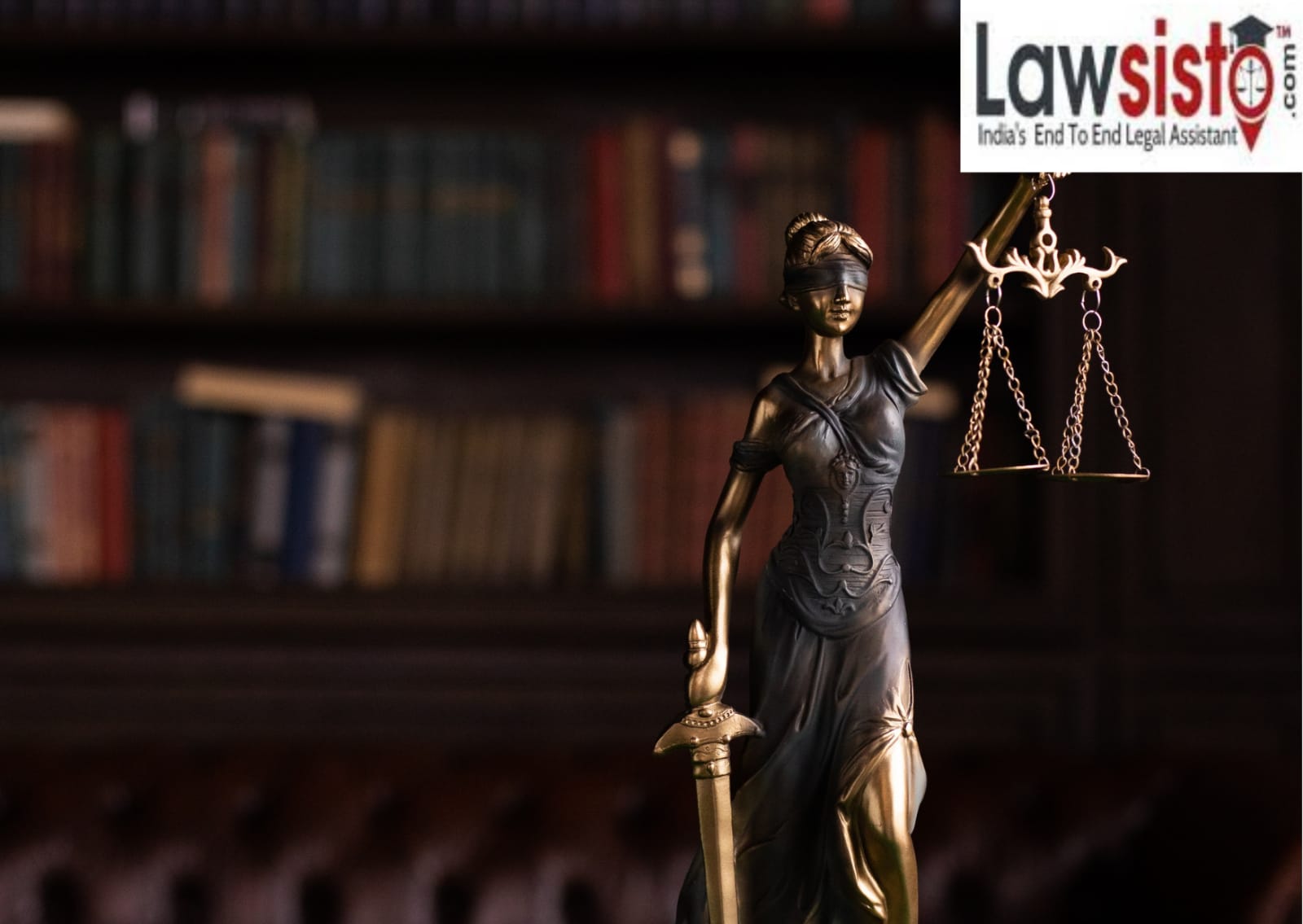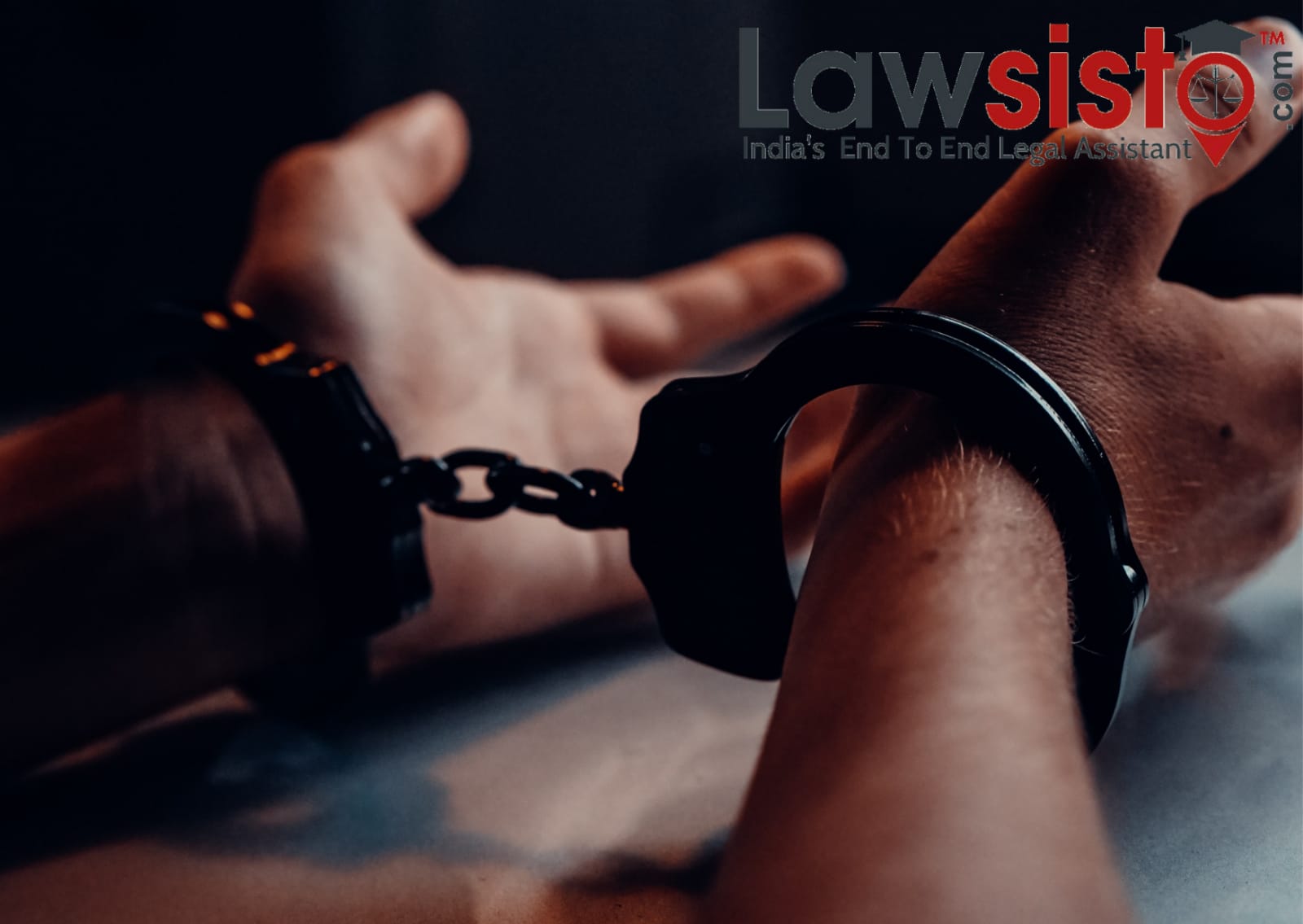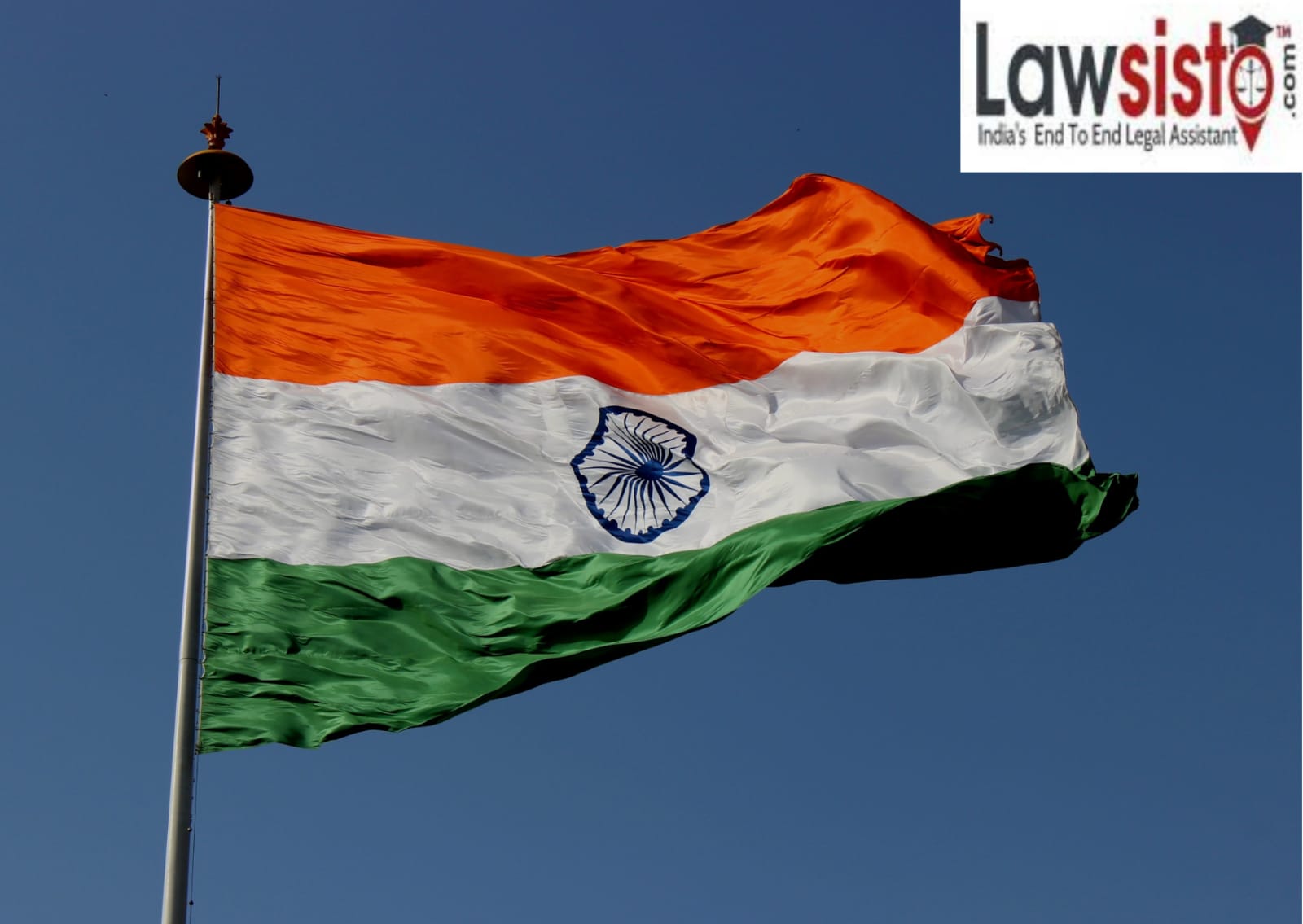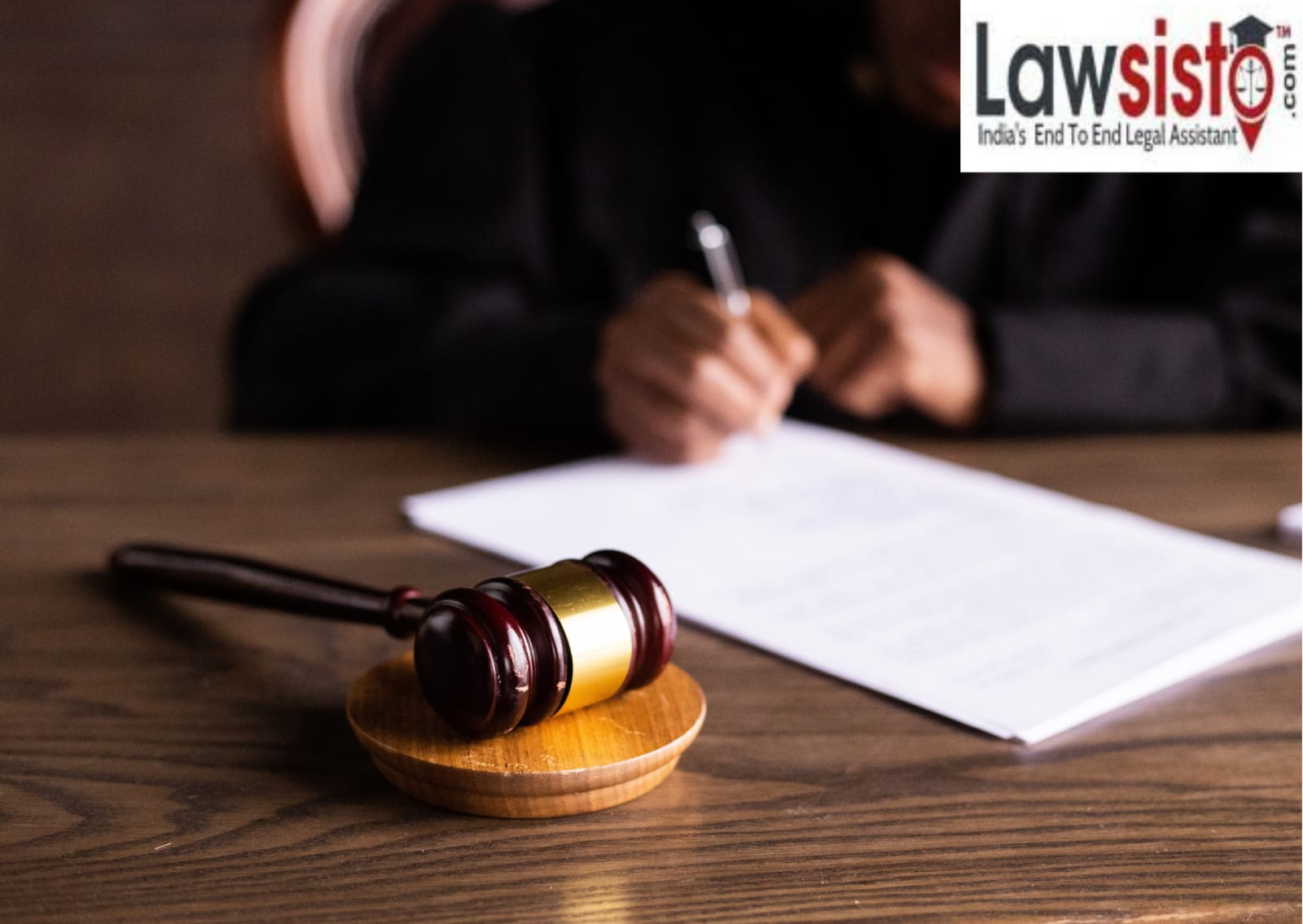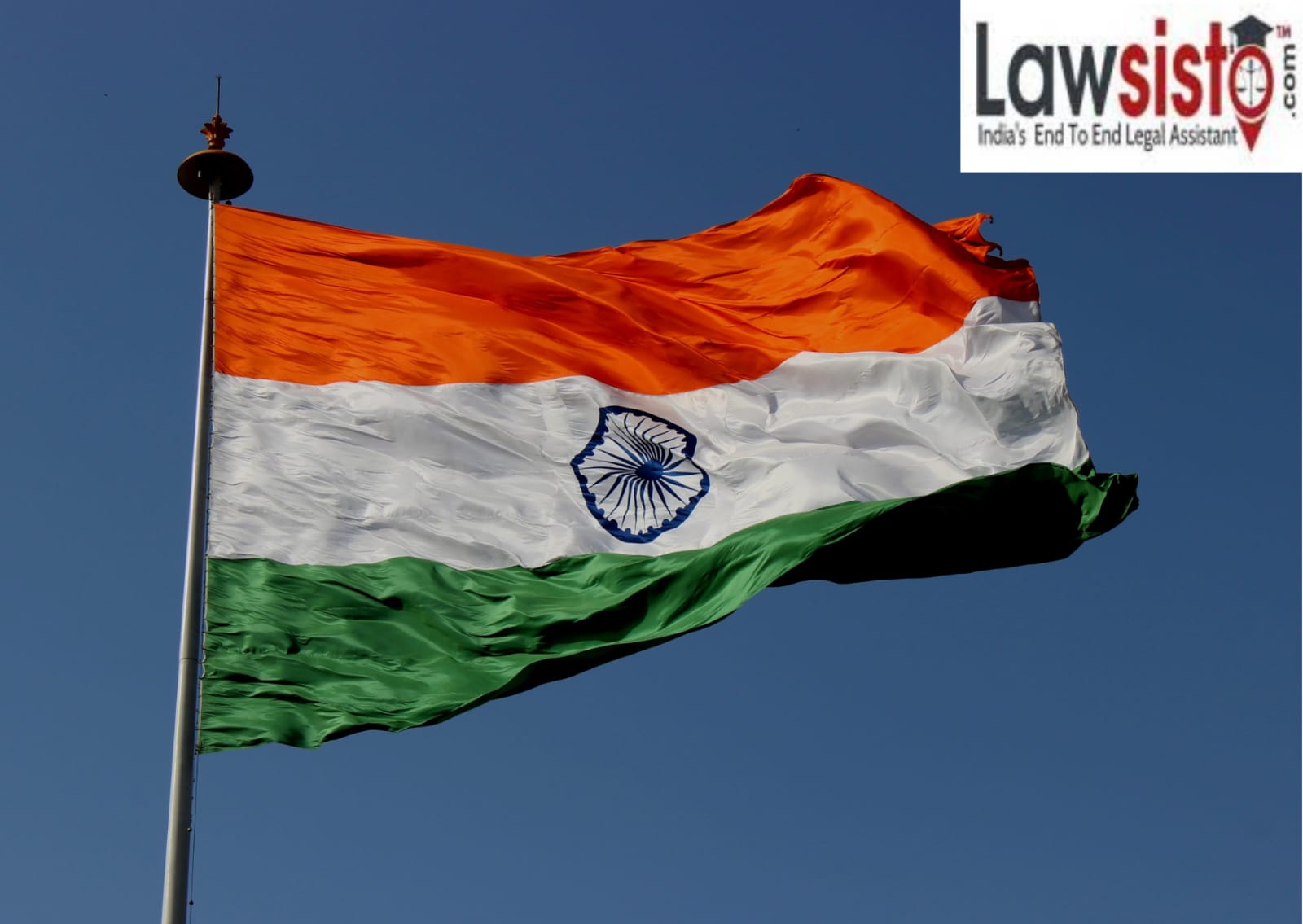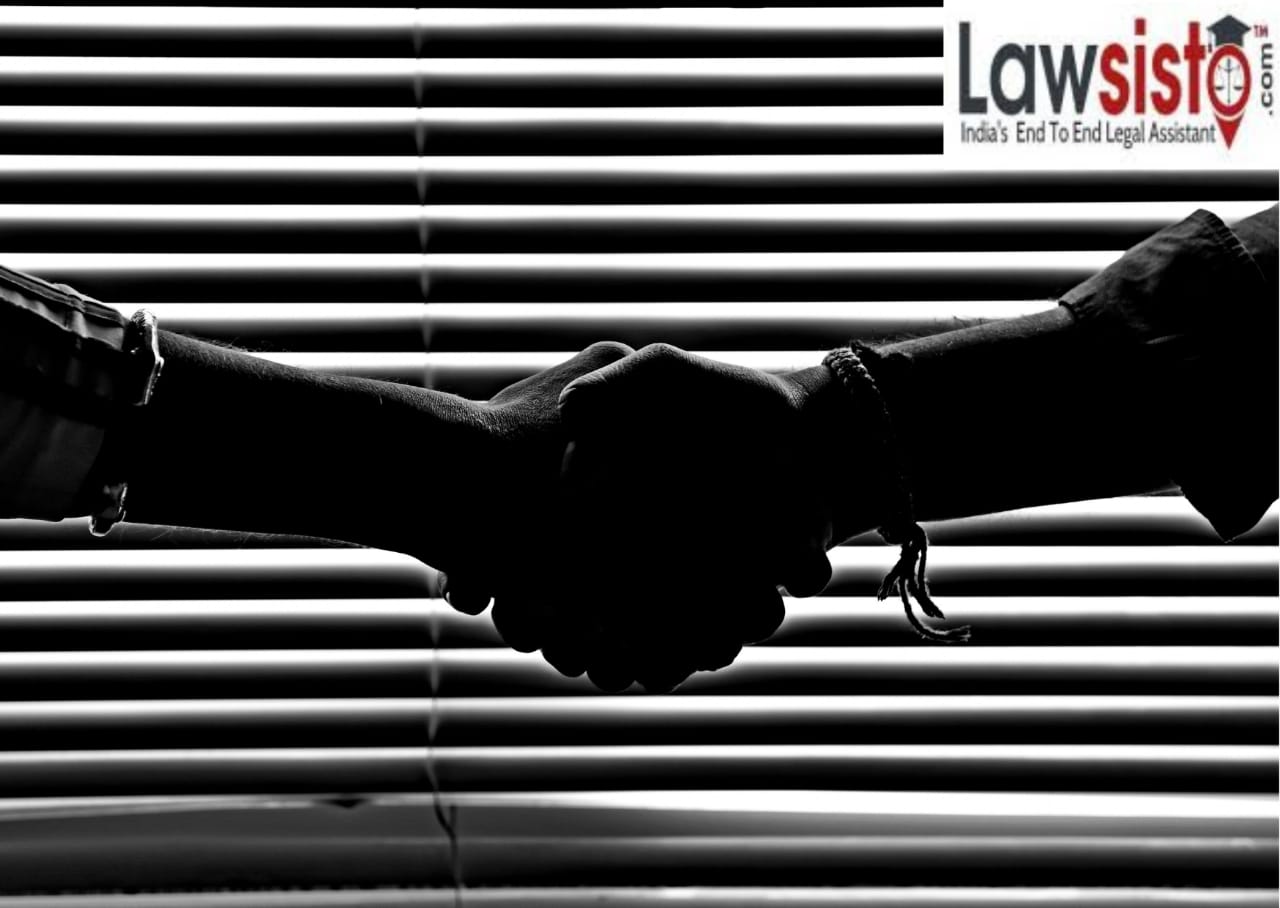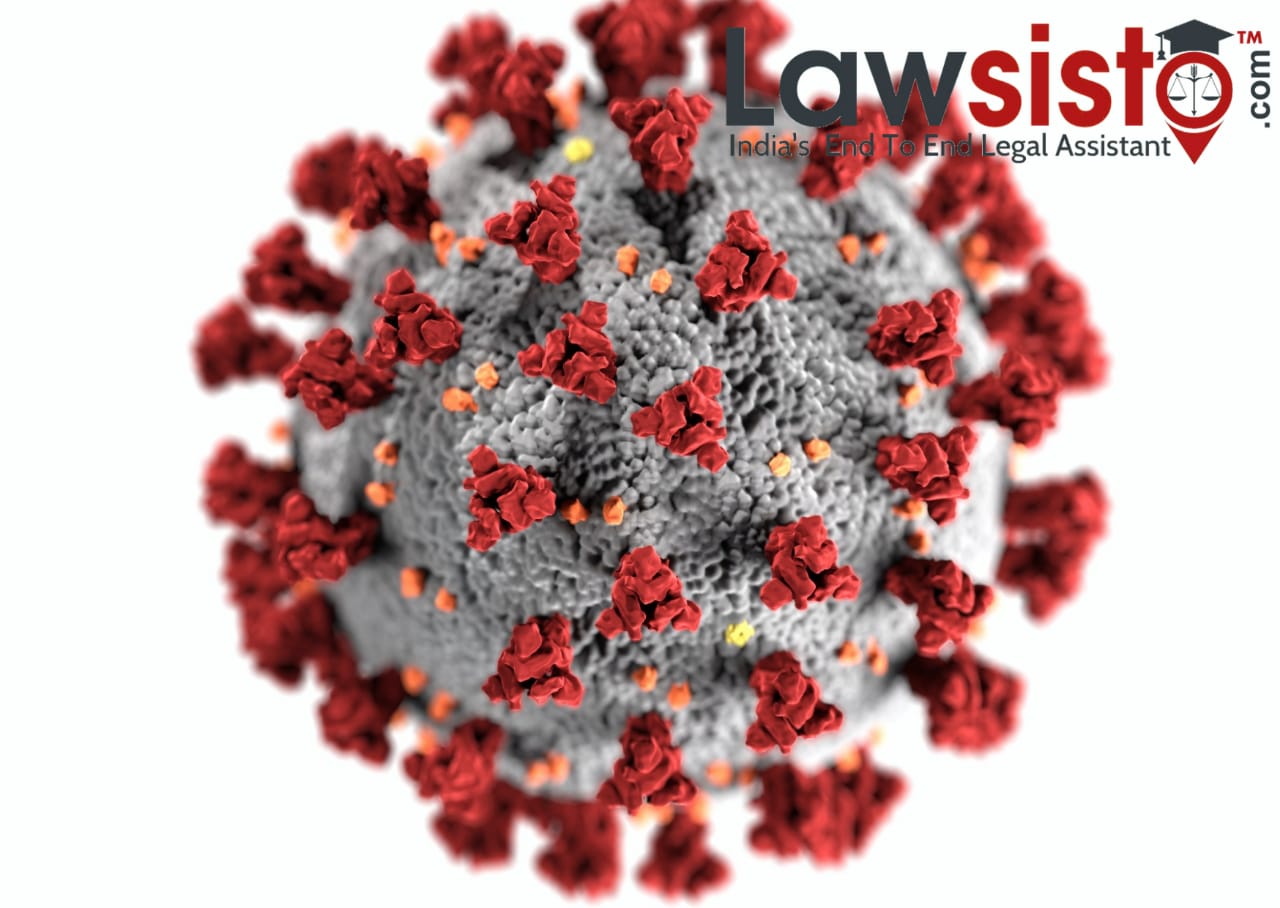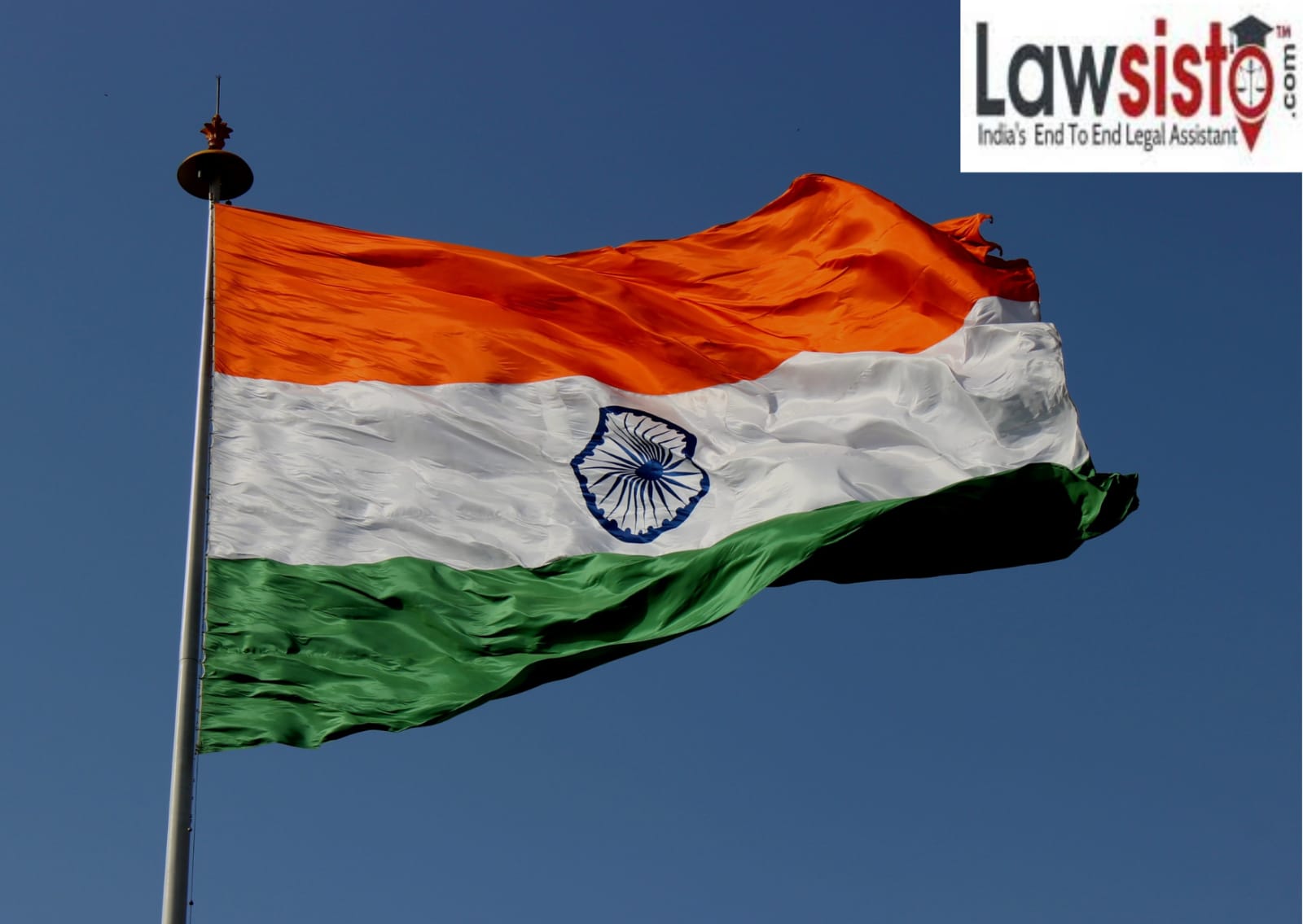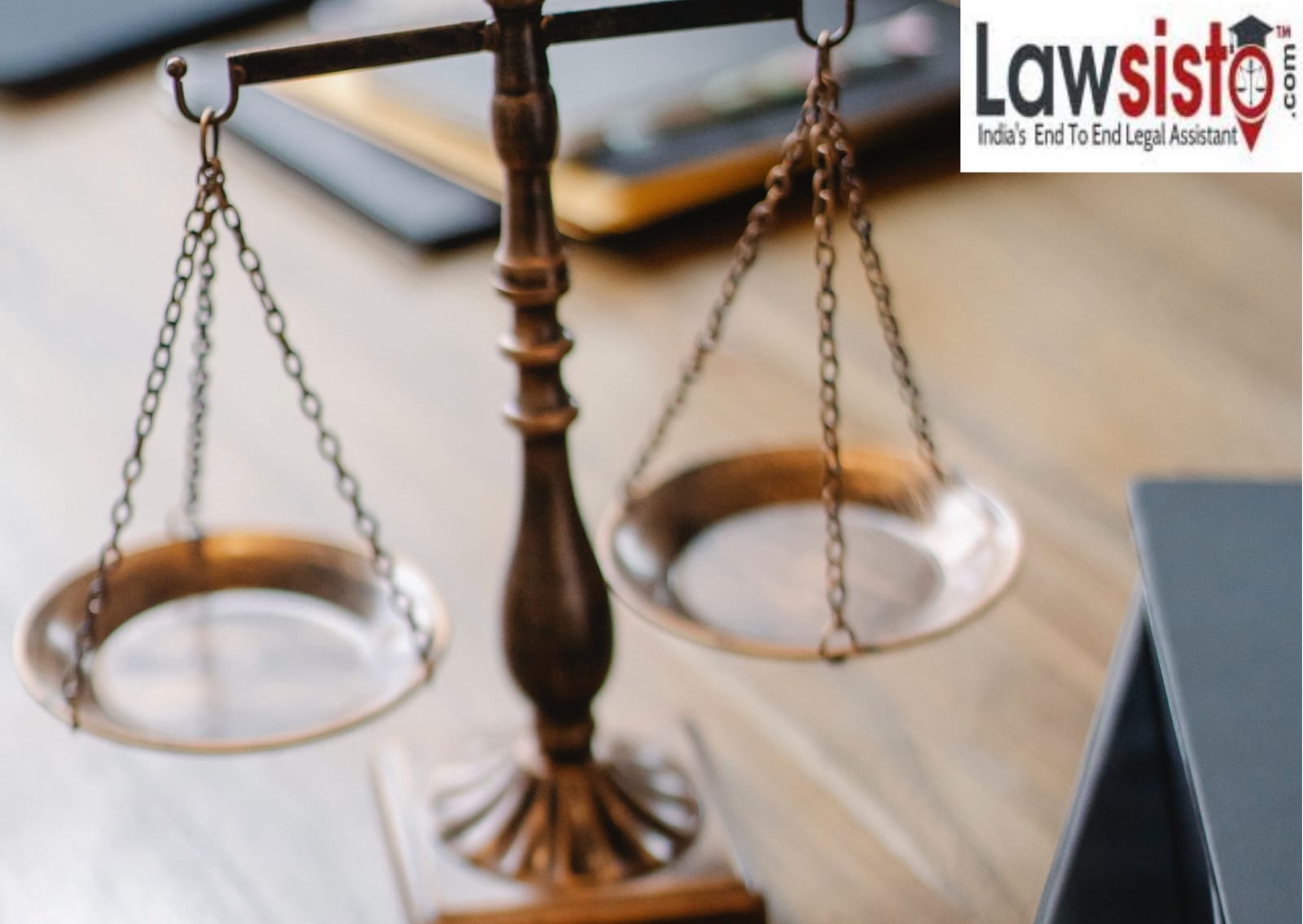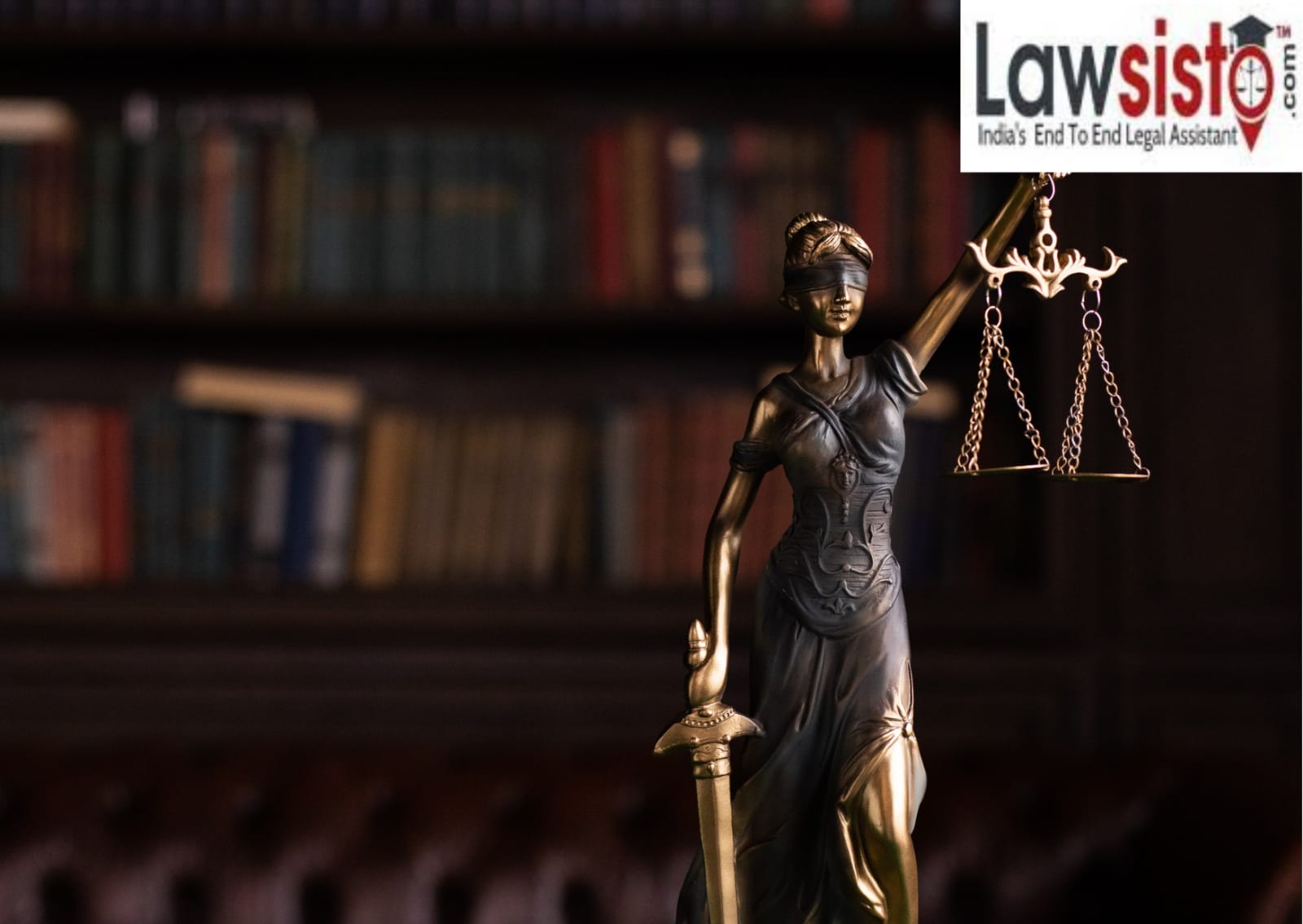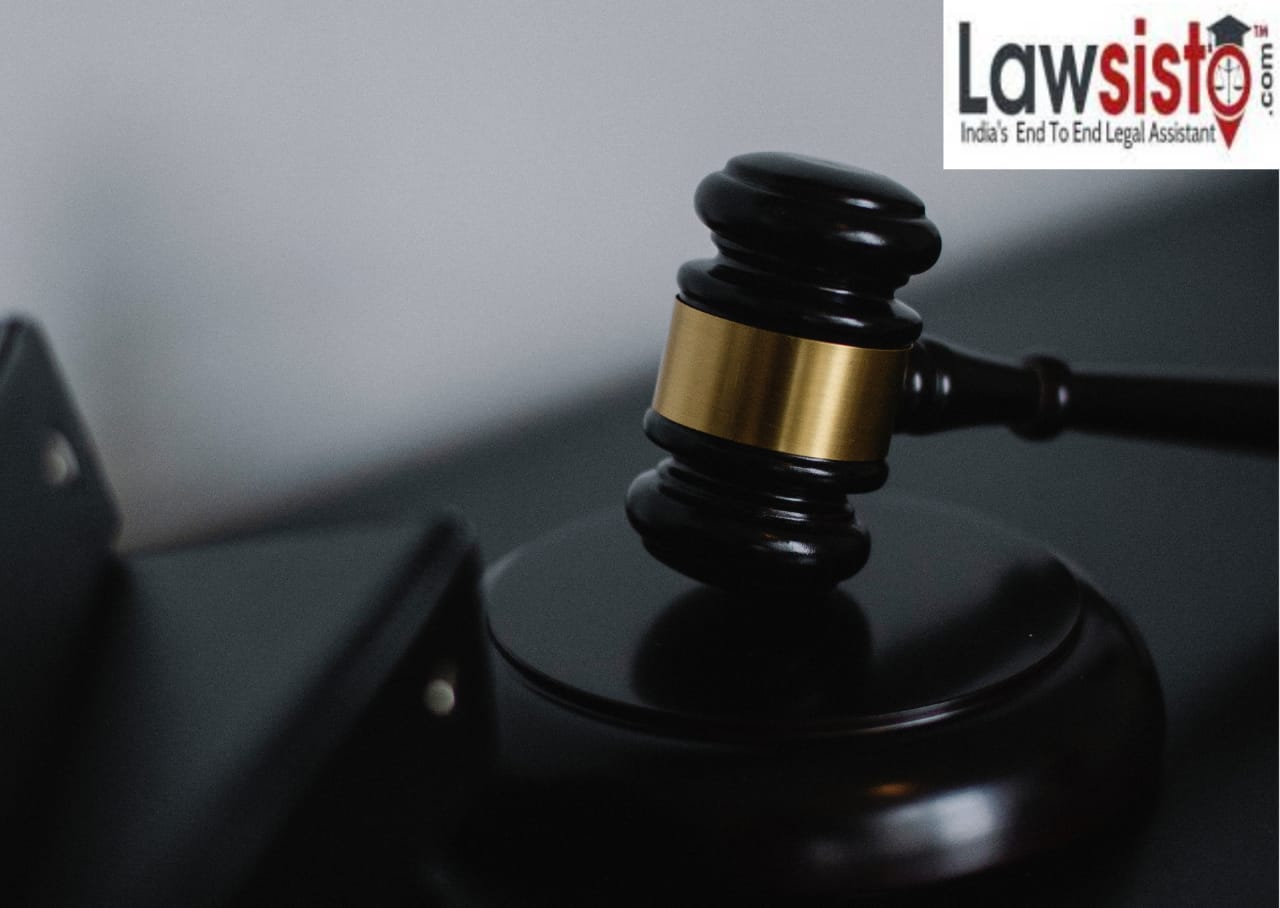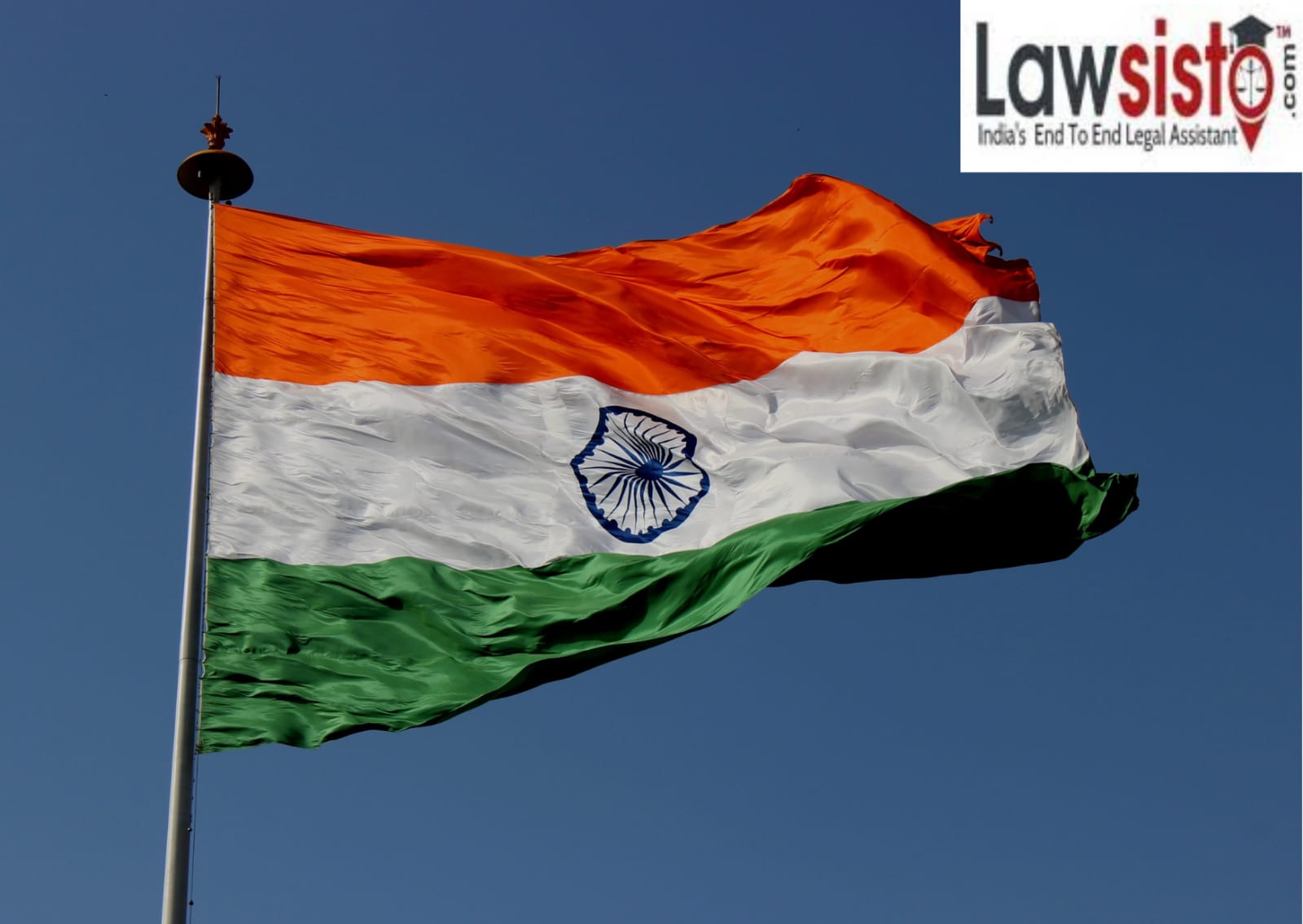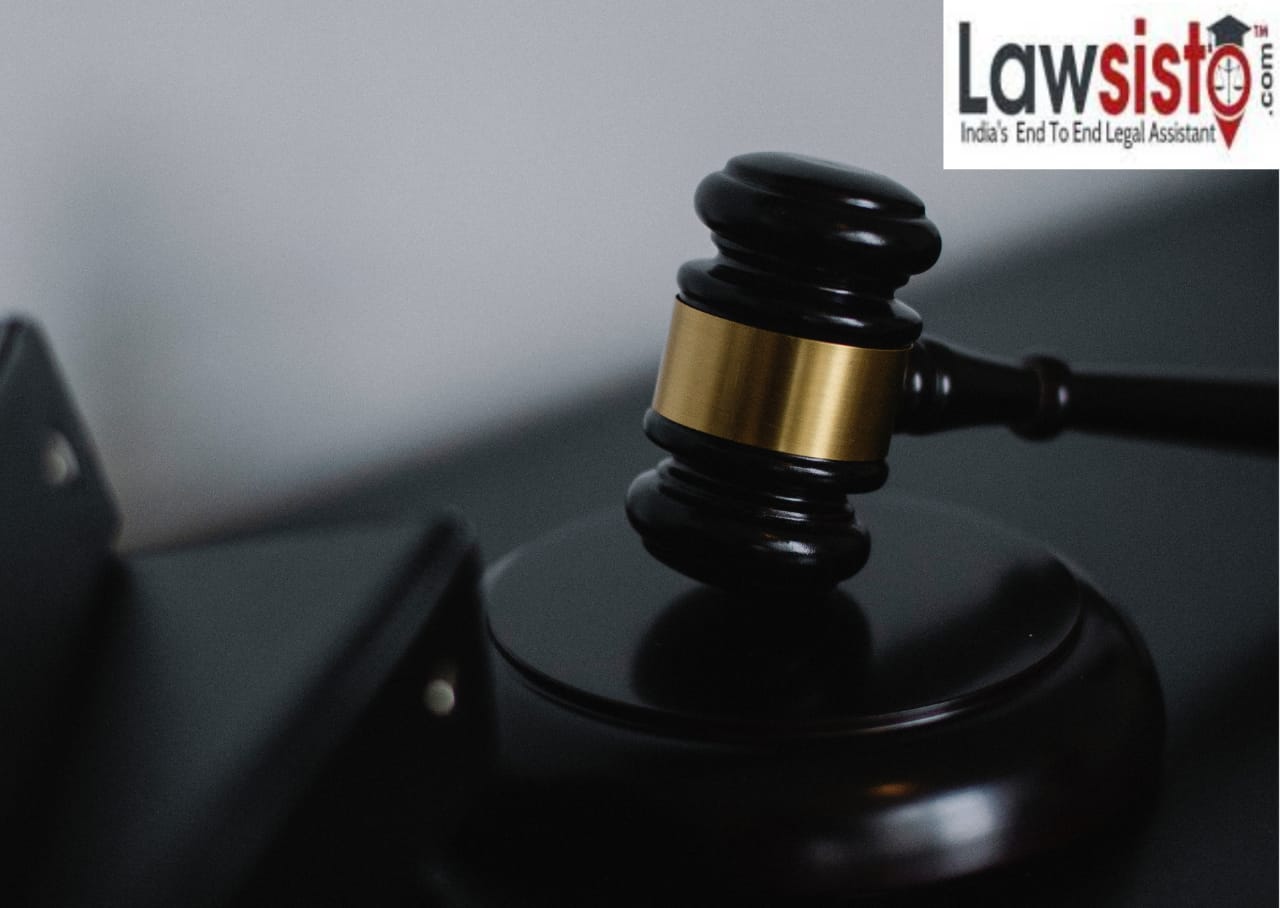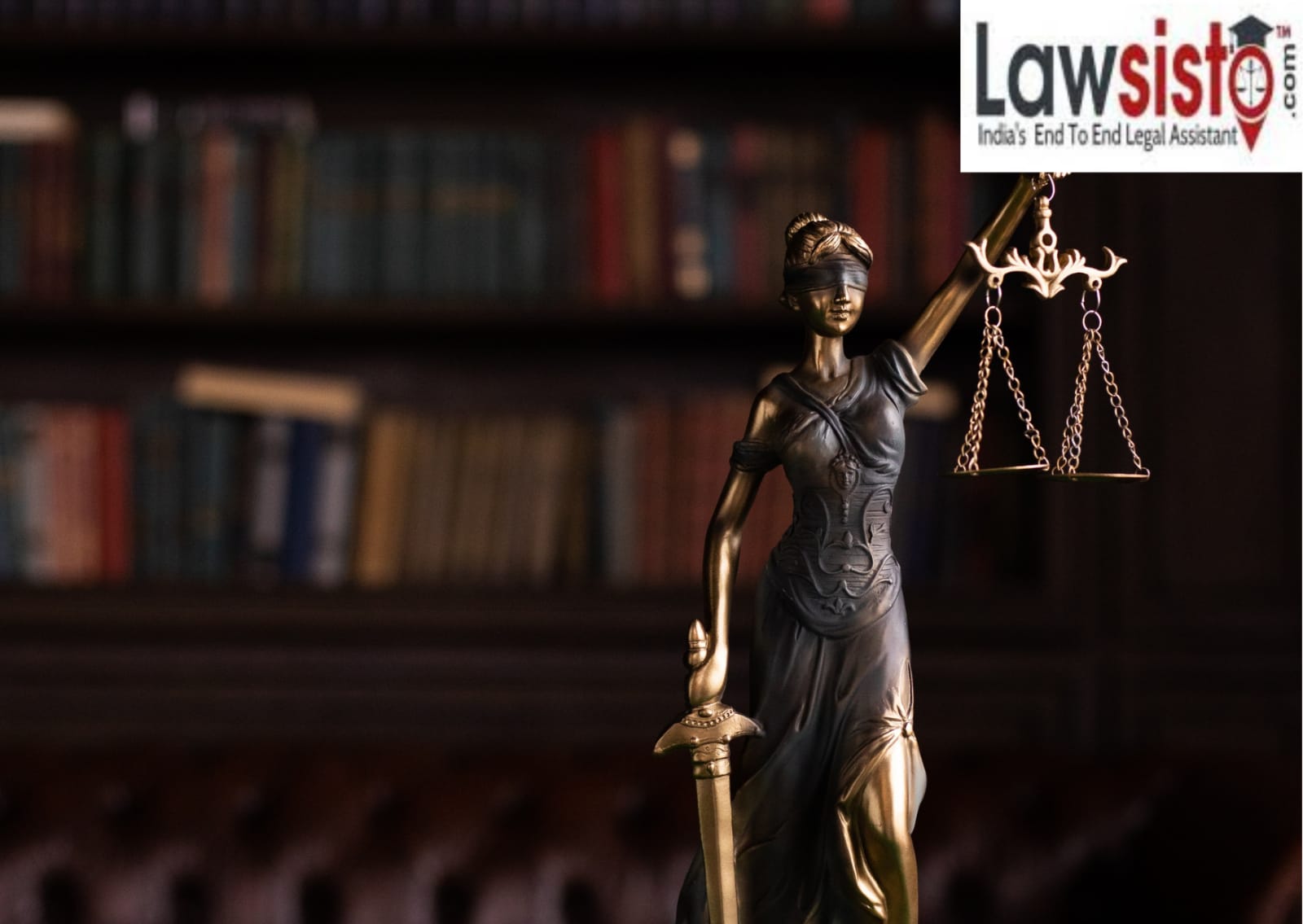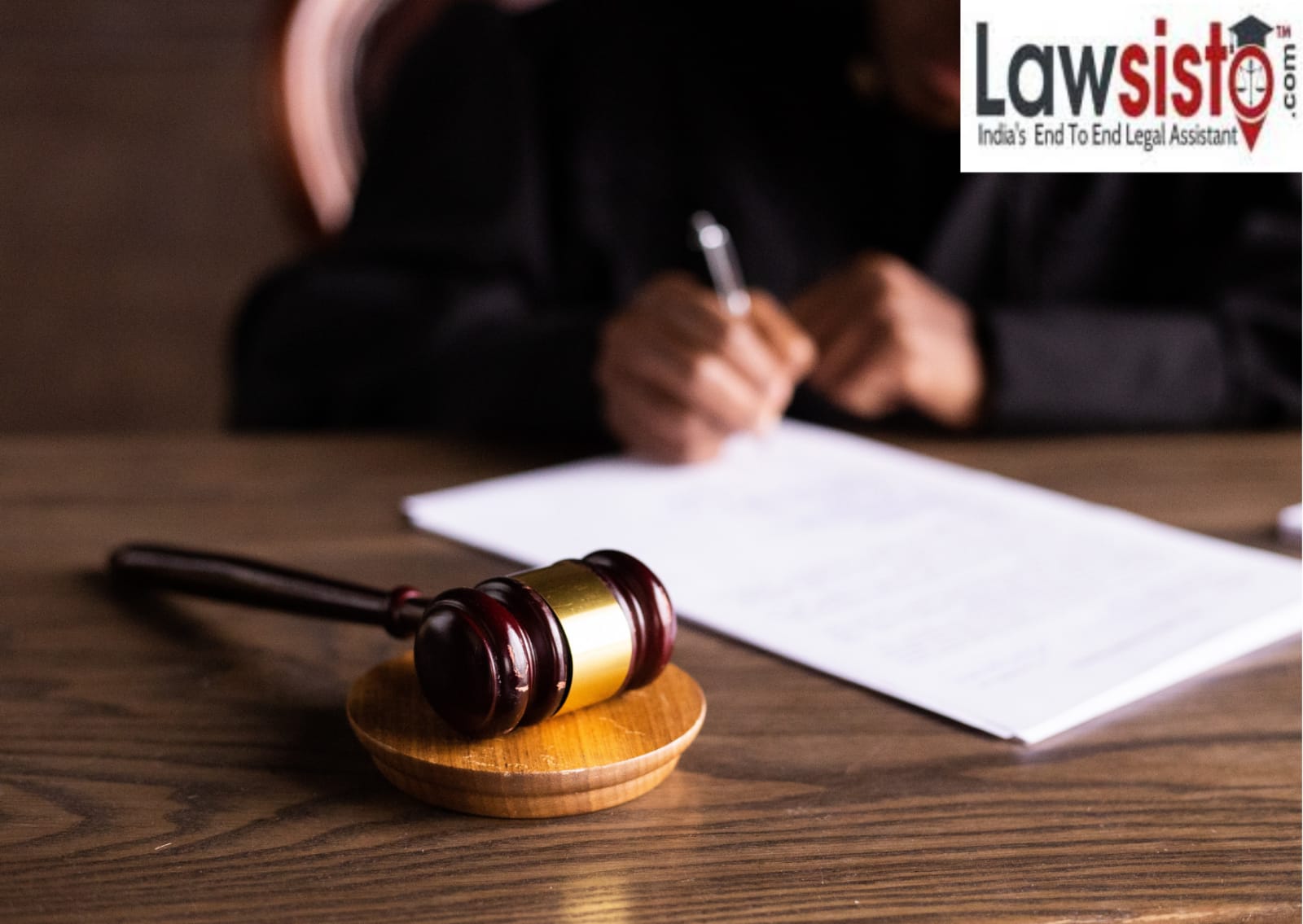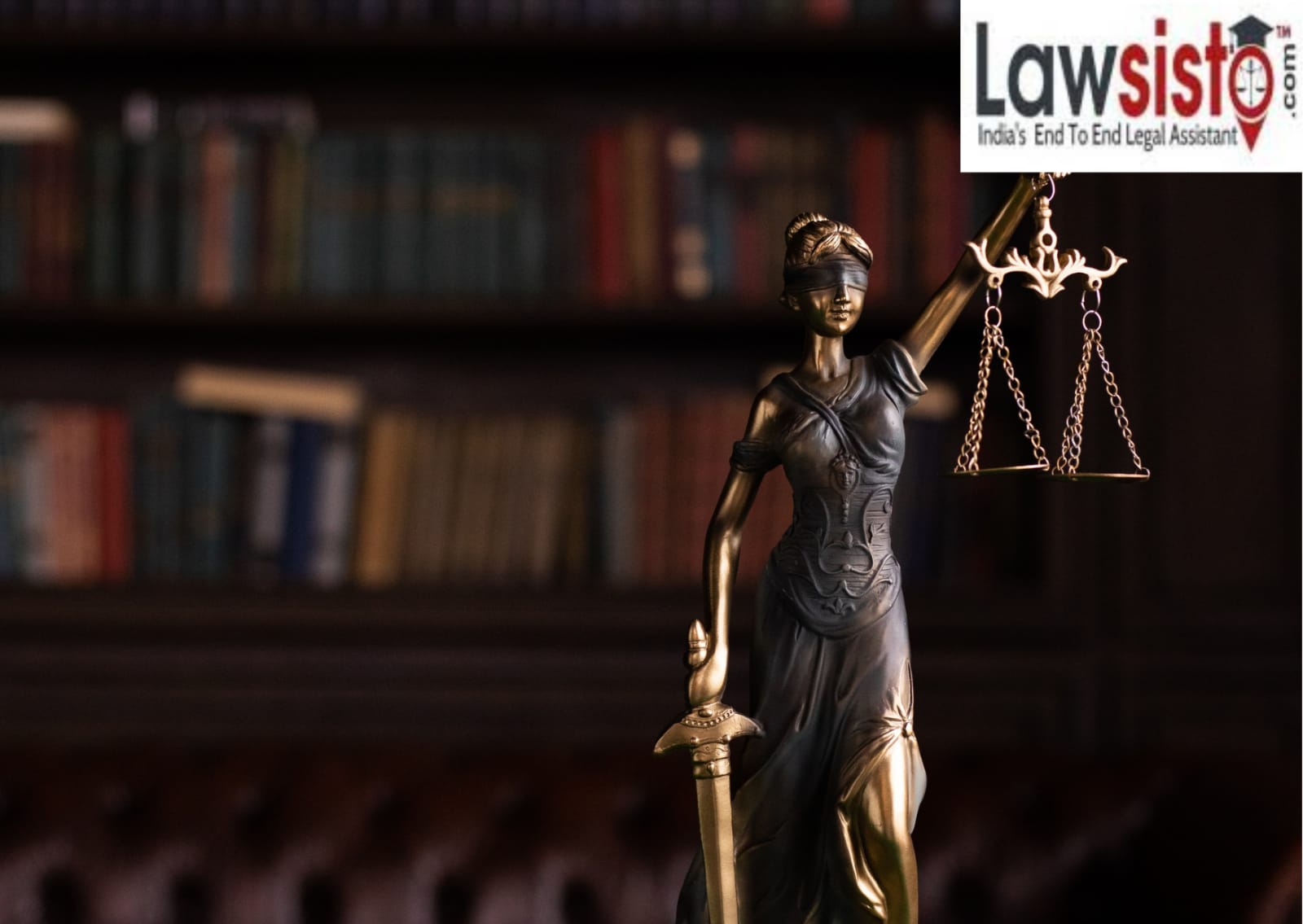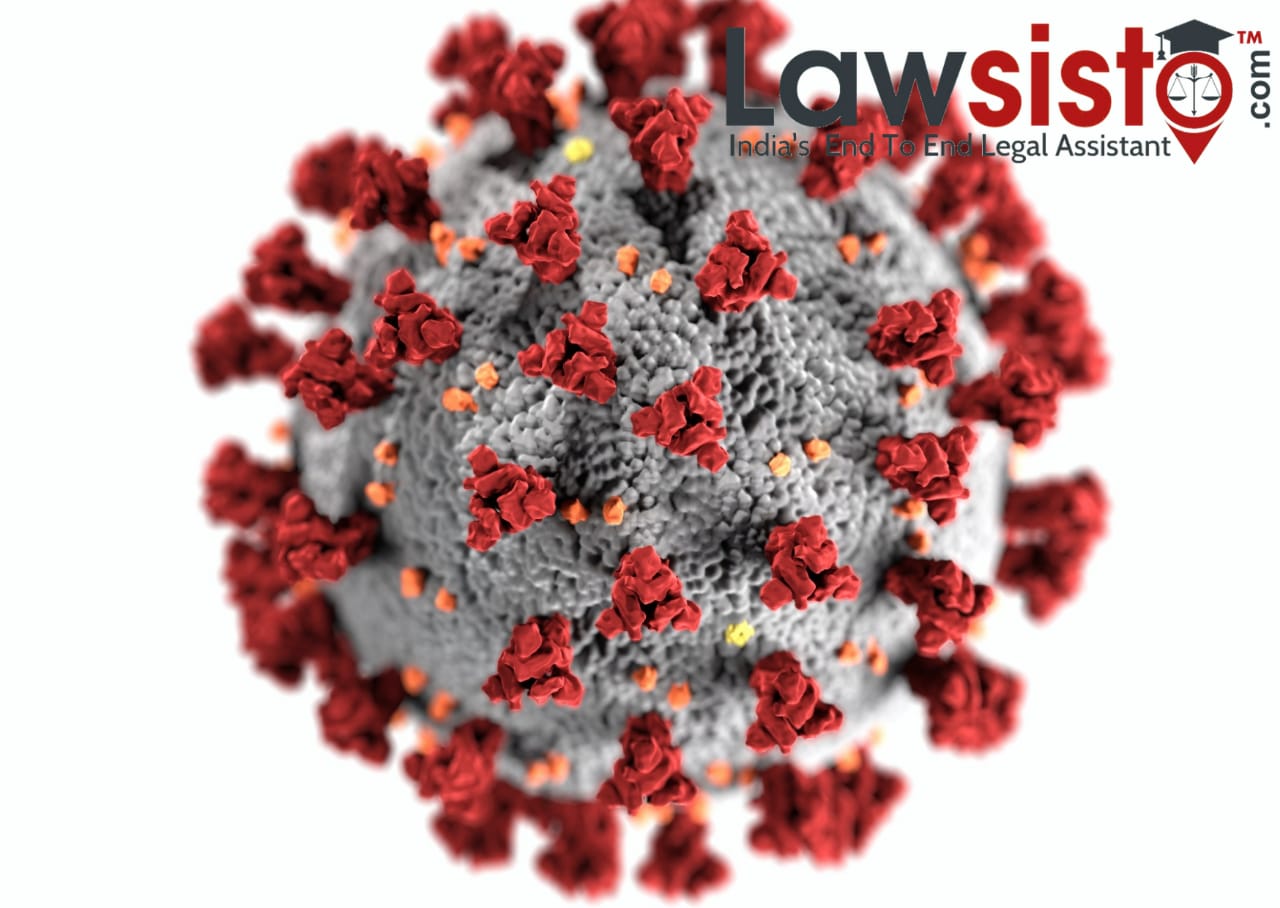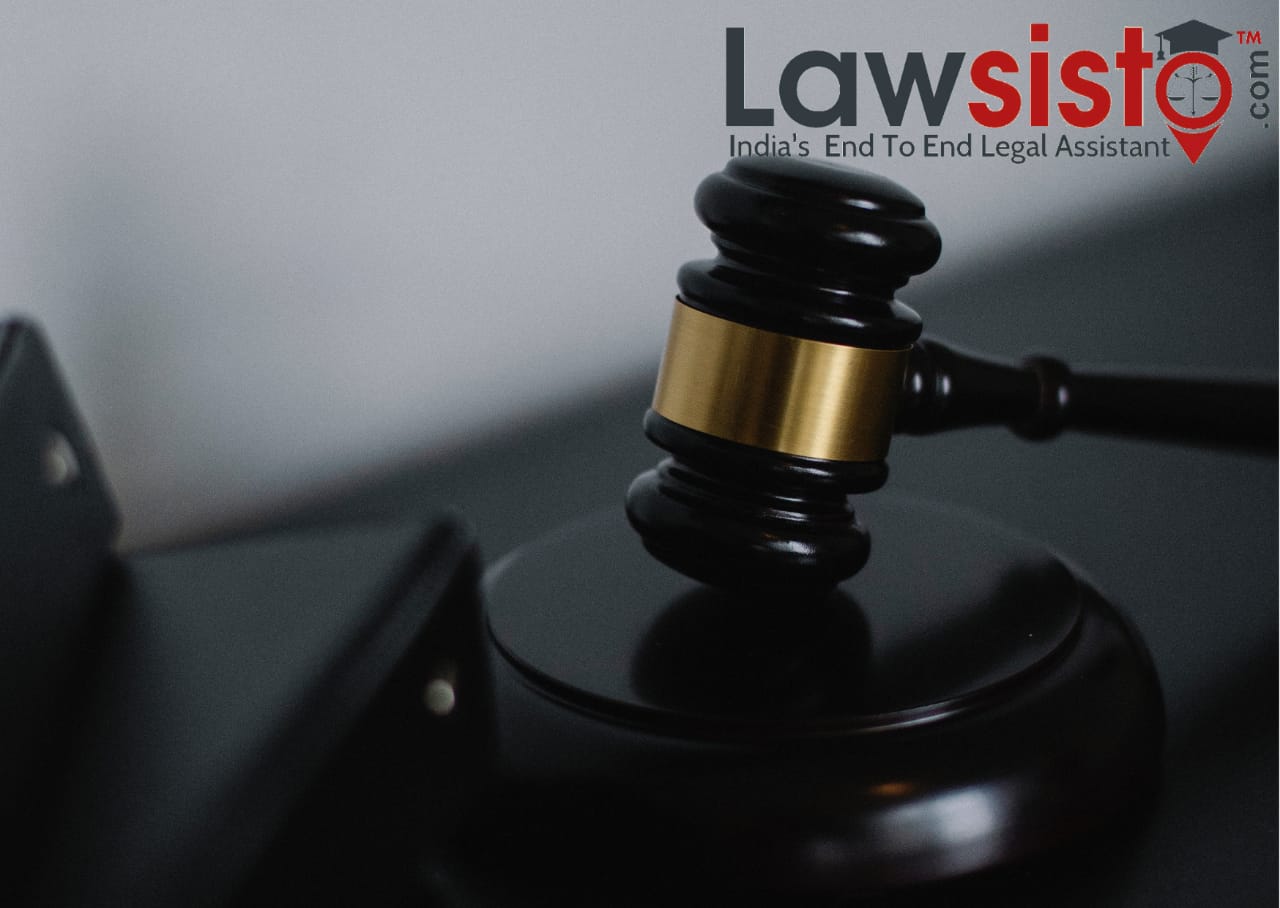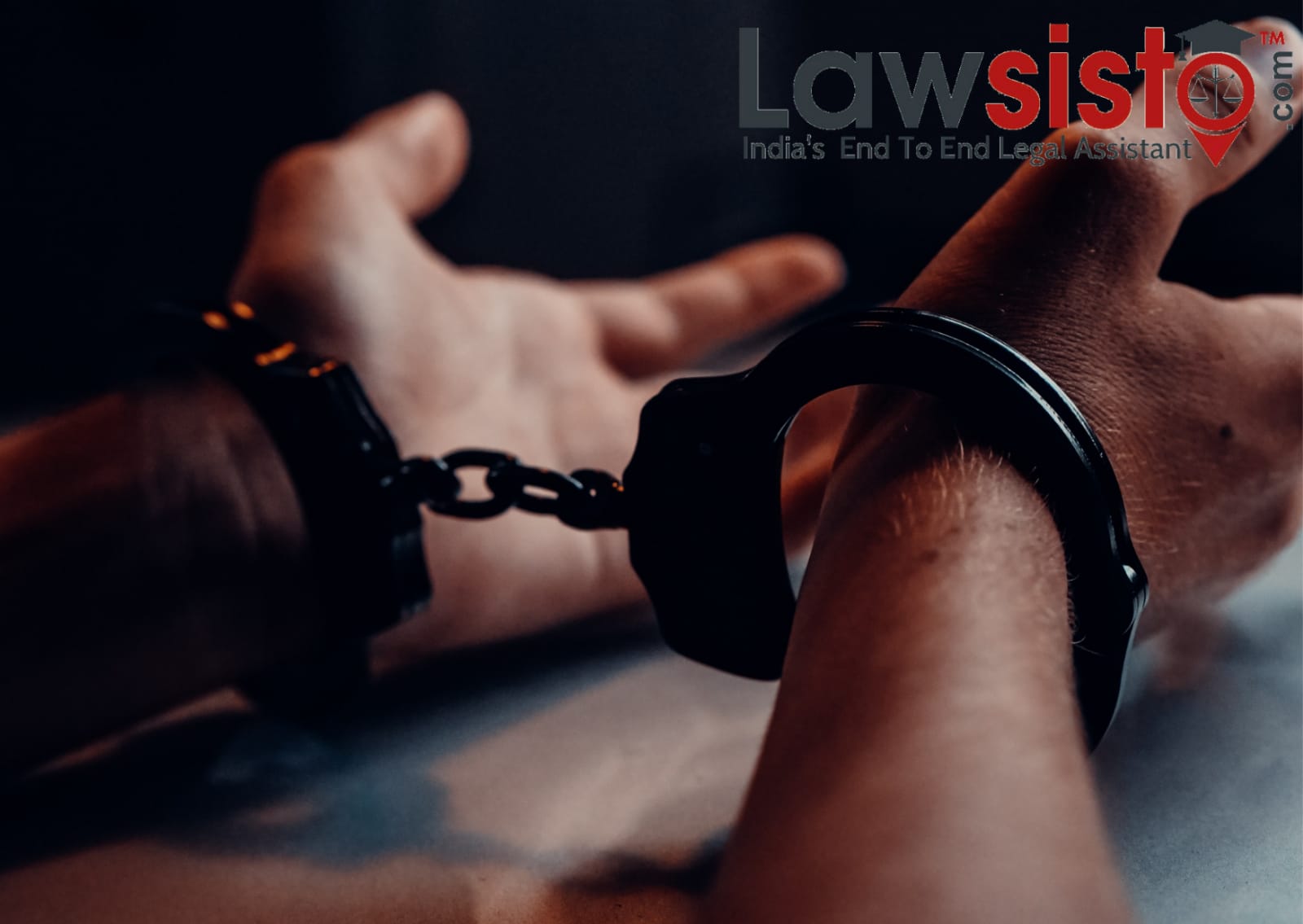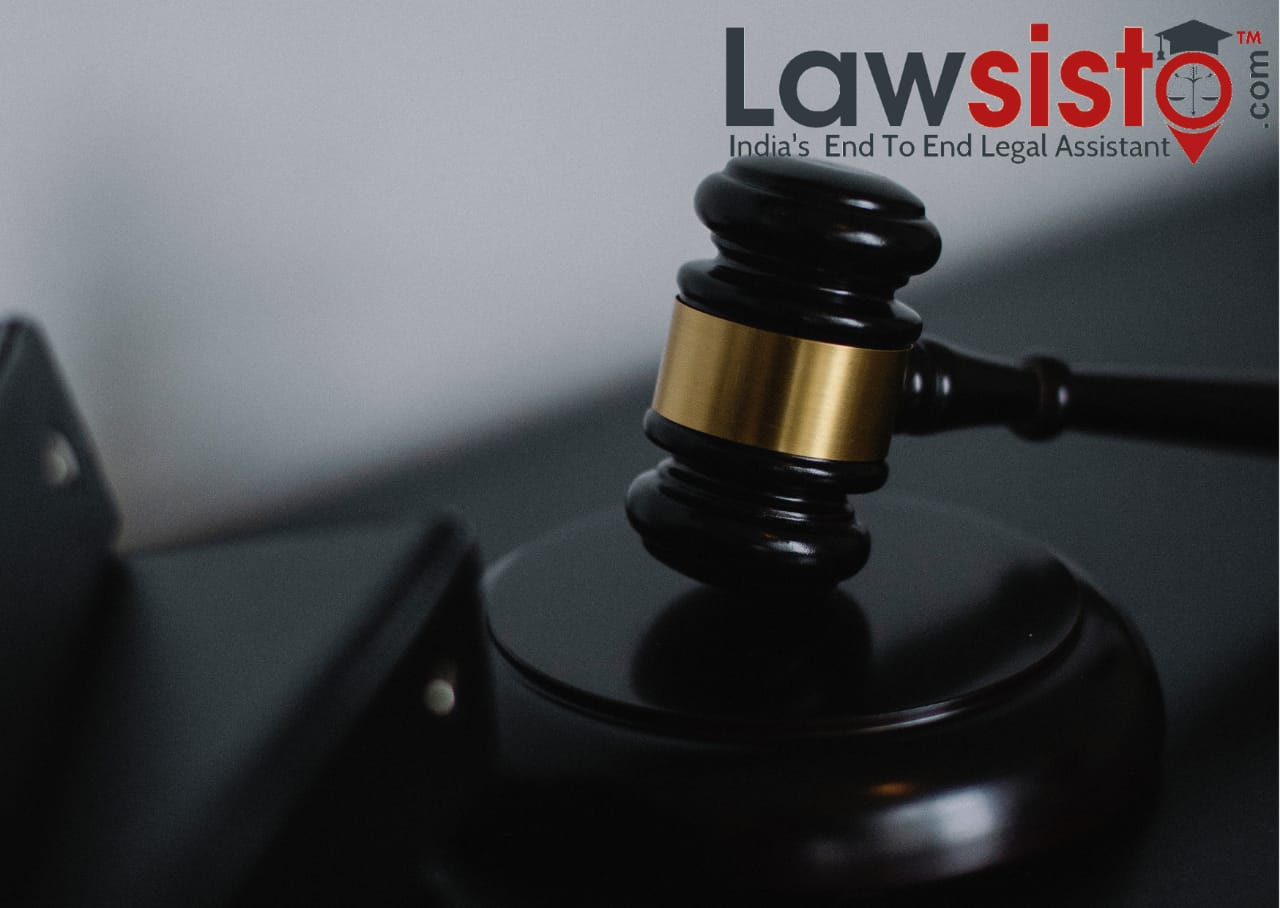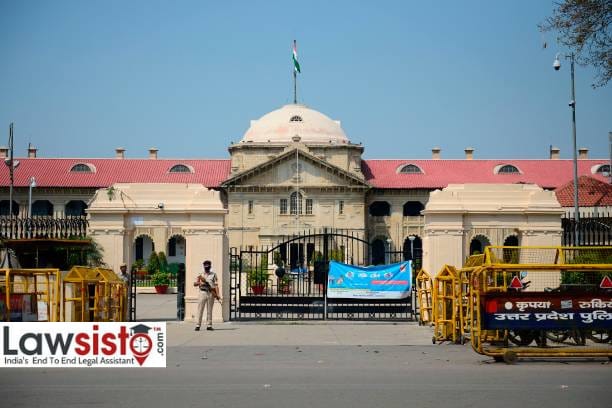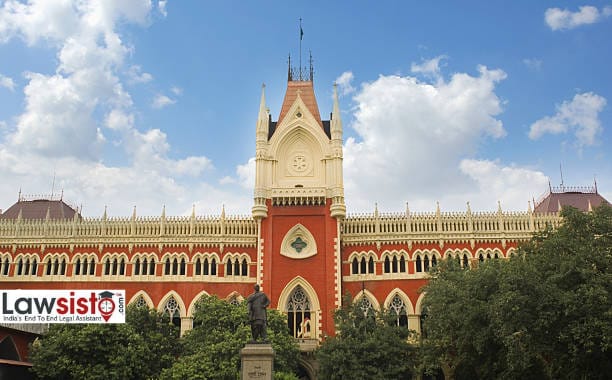Latest News
Adverse inference can be drawn againts party who does not appear in person to dispose: Supreme Court
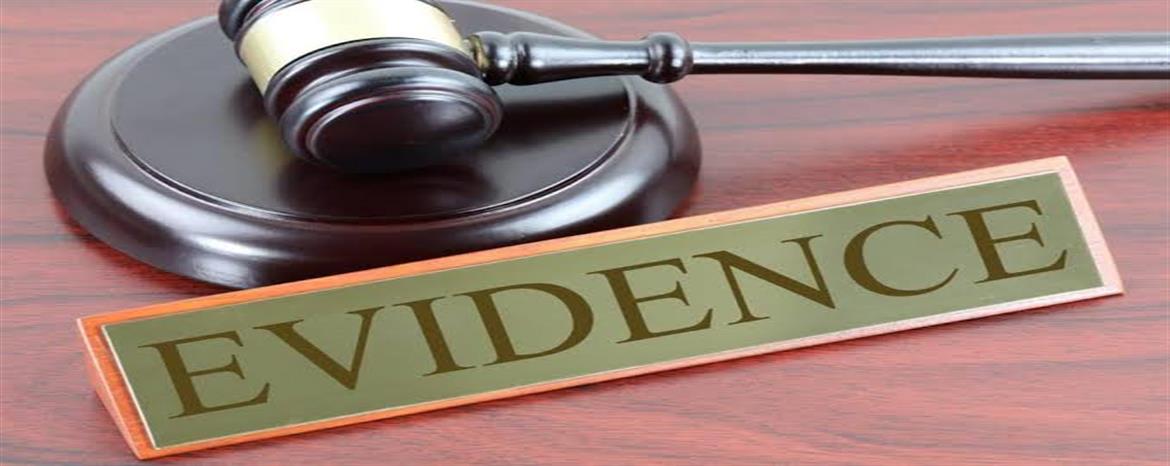
The Supreme Court has observed that adverse inference is often drawn against a celebration who doesn't appear face to face to depose.
The bench comprising Justices RF Nariman, Navin Sinha and Krishna Murari observed thus while allowing an appeal against the concurrent findings by the court and therefore the supreme court dismissing a suit filed by the plaintiff seeking the relief for a final injunction.
In the appeal, the court noted that the first defendant didn't appear face to face to depose, and be cross-examined within the suit and instead his younger brother deposed on the idea of an influence of attorney.
"No explanation was given for the non appearance of the first defendant . we discover no reason to not draw an adverse inference against defendant within the circumstances", the bench said.
Both the Courts held that the respondents had no concern with the suit property, yet ventured to make a decision that the appellants had did not establish title and dismissed the suit. The supreme court concluded that the identity of the suit property had not been established is perverse to the evidence on record.
The suit was instituted by the appellants in 1974 in order to get a final injunction because the respondents attempted to encroach on their property. The respondents claimed ownership and possession of property no. 42 in their written statement, acknowledging that other properties lay in between. An infirm vague objection was raised but was not pursued, questioning the title of the appellants. No genuine objection by the respondents was raised to the validity or genuineness of the govt documents and therefore the registered sale deeds produced by the appellants in support of their lawful possession of the suit property. The original defendant no.1 didn't appear face to face to depose, and be cross-examined within the suit. His younger brother deposed on the idea of a power of attorney, acknowledging that the latter had Separated from his elder brother. No explanation was furnished why the first defendant didn't appear face to face to depose. We find no reason not to draw an adverse inference against defendant no.1 within the circumstances.
In the case of Iswar Bhai C. Patel vs.Harihar Behera, (1999) this Court observed as follows:-
“17. Having not entered into the witnessbox and not being present for cross-examination, an adverse presumption has got to be drawn against him on the idea of the principles in Illustration (g) of Sec 114 of the Evidence Act, 1872.”
The court also noted that the plaintiffs had produced documents which were quite 30 years old, from their proper custody alongside evidence for non-production of the originals. It observed that they were rejected with none valid reason holding that there might be no presumption that documents executed in the proper exercise of statutory powers by a public official. "This finding in our opinion 9 is a clearly perverse insight of Section 114(e) of the Indian Evidence Act 1872, which provides that there shall be a presumption that each one official acts are regularly performed. The onus lies on the one that disputes an equivalent to prove otherwise.", the bench added. The court also mentioned judgment in Lakhi Baruah vs. Padma Kanta Kalita, (1996) 8 SCC 357, which addressed the admissibility conspicuous of thirty years old documents produced from proper custody observed as follows:-
“14. it'll be appropriate to ask Section 90 of the Evidence Act, 1872 which is set out hereunder:
“90. Presumption as to documents thirty years old.— Where any document, purporting is produced from any custody which the Court within the particular case considers proper, the Court may presume that the signature and each other a part of such document, which purports to be in the handwriting of any particular person, is therein person’s handwriting, and, in the case of a document attested, that the persons by whom it purports to be executed and attested has duly attested .”
The conclusion by the courts below that the appellants had did not establish title and thus couldn't be said to be in lawful possession is therefore held to be perverse and unsustainable. Similarly, the conclusion that the identity of the suit property wasn't established is additionally held to be a perverse insight of letter dated 16.04.1956 from the municipality, mentioned hereinabove. The contention of the respondents feebly seeking to question the title of the appellants was rejected holding that that they had nothing to try to with the suit schedule property which their conduct was questionable. Yet the appellants were wrongly denied the relief of final injunction. In our considered opinion the court and therefore the supreme court both posed unto themselves the incorrect question venturing to make a decision the title of the
appellants, and received an erroneous conclusion.
The bench, examining the evidence on record, observed that the title to the suit property wasn't disputed by the defendants and thus the plaintiffs have quite sufficiently established their lawful possession of the suit property.
Document:

